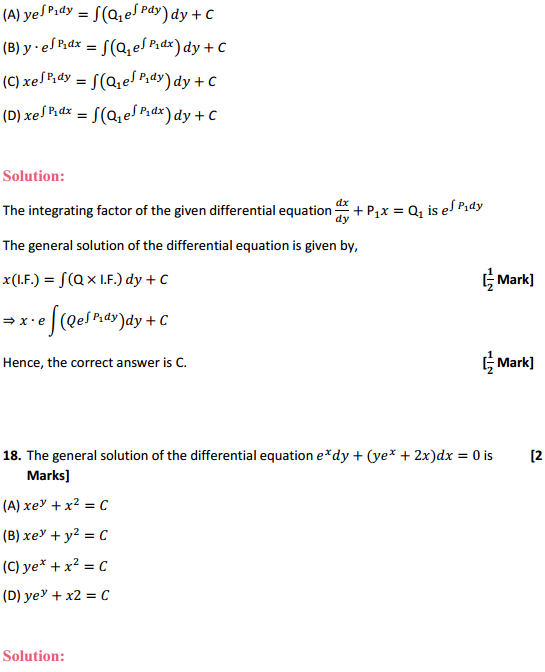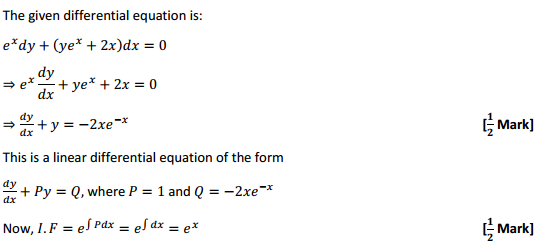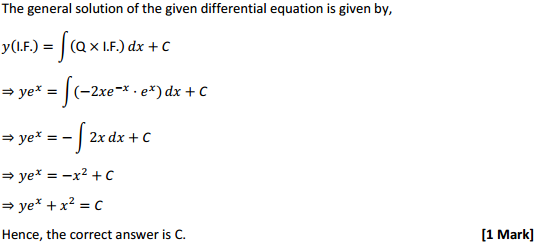Access Class 12 Maths NCERT Solutions Chapter 11 Three Dimensional Geometry Ex 11.1, contains solutions for all Exercise 11.1 Class 12 questions.
Three Dimensional Geometry Class 12 NCERT Solutions Maths Chapter 11 Exercise 11.1
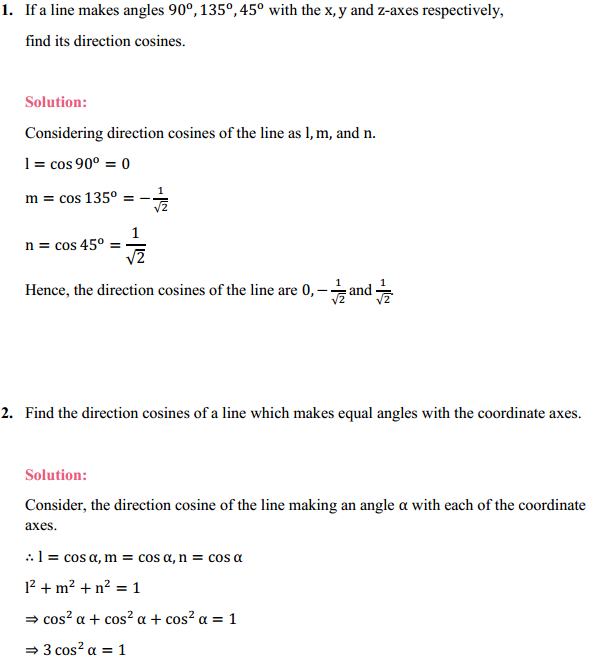
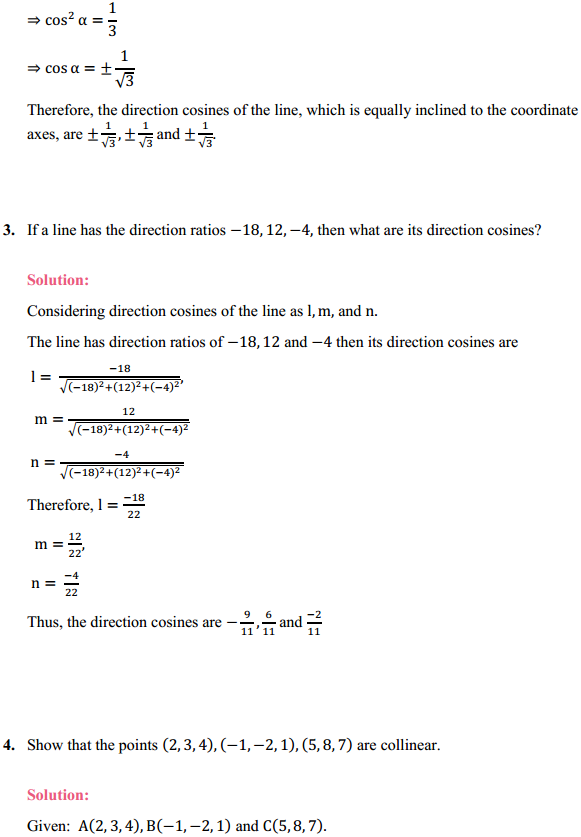
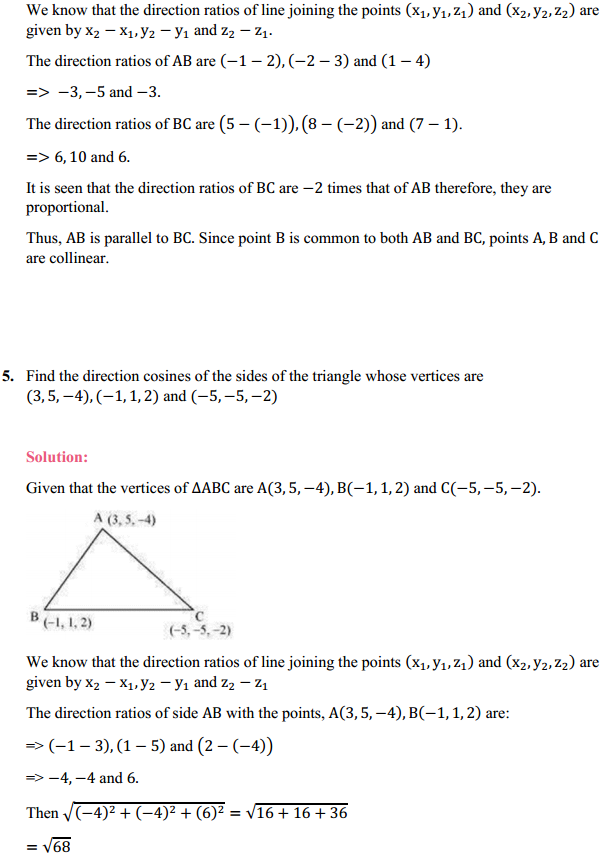
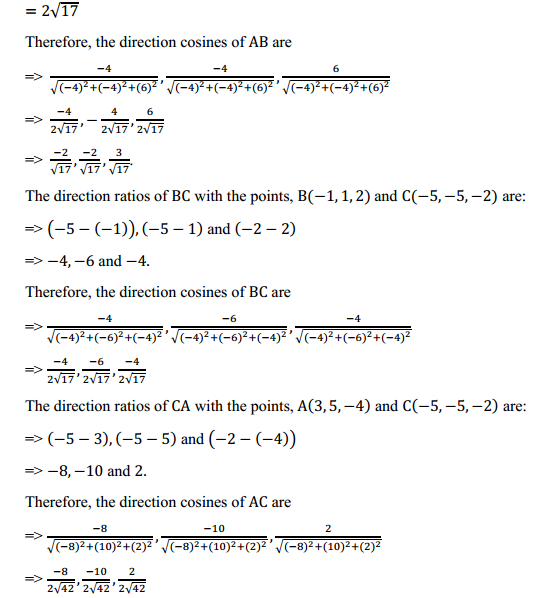
Access Class 12 Maths NCERT Solutions Chapter 11 Three Dimensional Geometry Ex 11.1, contains solutions for all Exercise 11.1 Class 12 questions.




NCERT Solutions for Class 6 Social Science History Chapter 6 Kingdoms, Kings and an Early Republic are part of NCERT Solutions for Class 6 Social Science. Here we have given NCERT Solutions for Class 6 Social Science History Chapter 6 Kingdoms, Kings and an Early Republic.
| Board | CBSE |
| Textbook | NCERT |
| Class | Class 6 |
| Subject | Social Science History |
| Chapter | Chapter 6 |
| Chapter Name | Kingdoms, Kings and an Early Republic |
| Number of Questions Solved | 8 |
| Category | NCERT Solutions |
NCERT TEXTBOOK EXERCISES (Pages 63-64)
LET’S RECALL
Question 1.
State whether true or false:
Answer:
Question 2.
Fill in the chart given below with the terms:
hunter-gatherers, farmers, traders, craftspersons, herders.
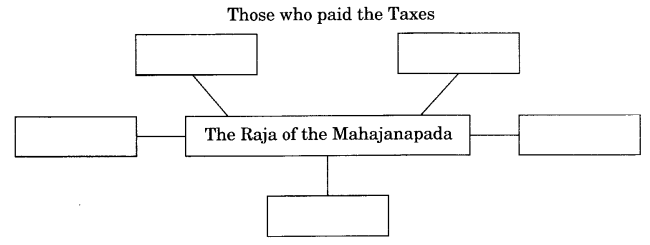
Answer:
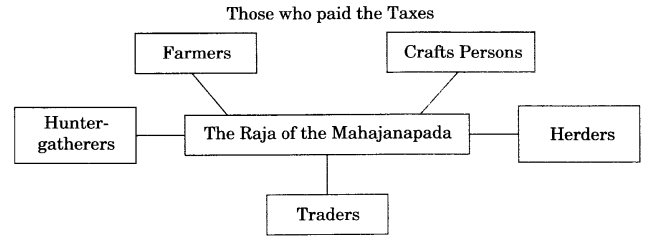
Question 3.
Who were the groups who could not participate in the assemblies of the ganasl
Answer:
Women, slaves, and Kammakaras could not participate in these assemblies.
LET’S DISCUSS
Question 4.
Why did the rajas of mahajanapadas build forts?
Answer:
Forts were built by the rajas of the Mahajanapadas because people were afraid of attacks from other kings and needed protection. It is also likely that some rulers wanted to show how rich and powerful they were by building large, tall, and impressive walls around their cities.
Question 5.
In what ways are present-day elections different from the ways in which rulers were chosen in janapadas?
Answer:
Choosing rulers in ‘janapadas’—Men were chosen ‘rajas’ by performing big sacrifices. The ‘Ashvamedha’ (horse sacrifice) was one such ritual that was used to identify a ‘raja’. The ‘raja’ chosen by this sacrifice was considered very powerful. Electing rulers today—Today, we have a democratic system of government. Each citizen has a right to vote and the government is decided by-elections in which each citizen casts his vote.
LET’S DO
Question 6.
Find the state in which you live on the political map on page 57 (NCERT Textbook Page 136). Was there any janapadas in your state? If yes, name them. If not, name the janapadas that would have been the closest to your state and mention whether they were to the east, west, north, or south.
Answer:
For self-study (with the help of your teacher).
Hints for Students:
Question 7.
Find out whether any of the groups mentioned in answer 2 pay taxes today.
Answer:
The groups mentioned are hunters and gathers ers, farmers, traders, craftspersons herders. The farmers, traders, and craftspersons pay taxes today.
Question 8.
Find out whether the groups mentioned in answer 3 have voting rights at present.
Answer:
Today, voting rights are not decided by gender or profession. Women, ‘khmmakaras’ and ‘dasas’—all are entitled to vote today.
We hope the NCERT Solutions for Class 6 Social Science History Chapter 6 Kingdoms, Kings and an Early Republic, help you. If you have any query regarding NCERT Solutions for Class 6 Social Science History Chapter 6 Kingdoms, Kings and an Early Republic, drop a comment below and we will get back to you at the earliest.
NCERT Solutions for Class 6 Social Science History Chapter 8 Ashoka, the Emperor Who gave up War are part of NCERT Solutions for Class 6 Social Science. Here we have given NCERT Solutions for Class 6 Social Science History Chapter 8 Ashoka, the Emperor Who gave up War.
| Board | CBSE |
| Textbook | NCERT |
| Class | Class 6 |
| Subject | Social Science History |
| Chapter | Chapter 8 |
| Chapter Name | Ashoka, the Emperor Who gave up War |
| Number of Questions Solved | 8 |
| Category | NCERT Solutions |
NCERT TEXTBOOK EXERCISES (Pages 82-83)
LET’S RECALL
Question 1.
Make a list of the occupations of the people who lived within the Mauryan empire.
Answer:
The different occupations followed by the people were: Farming, pastoral fanning, food gathering in the forest, masonry, carpentry, stone cutting, and craftsmanship.
Question 2.
Complete the following sentences:
Answer:
Question 3.
State whether true or false:
Answer:
LET’S DISCUSS
Question 4.
What were the problems that Ashoka wanted to solve by introducing dhamma?
Answer:
There were a number of problems that troubled Ashoka. People in the empire followed different religions and this sometimes led to conflict. Animals were sacrificed. Slaves and servants were ill-treated. There were quarrels in the family and among the neighbors. He felt it was his duty to solve these problems.
Question 5.
What were the means adopted by Ashoka to spread the message of dhamma?
Answer:
Ashoka adopted the following means to spread the message of dhamma:
Question 6.
Why do you think slaves and servants were ill-treated? Do you think the orders of the emperor would have improved their condition? Give reasons for your answer.
Answer:
The slaves were mostly prisoners of war and servants did menial jobs. They were ill-treated. The orders of the emperor could have made the slaves free. If the servants were ill-treated the master could be punished.
LET’S DO
Question 7.
Write a short paragraph explaining to Roshan why the lions are shown on our currency notes. List at least one other object on which you see them.
Ans.
Question 8.
Suppose you had the power to inscribe your orders, what four commands would you like to issue?
Answer:
The four orders are:
We hope the NCERT Solutions for Class 6 Social Science History Chapter 8 Ashoka, the Emperor Who gave up War, help you. If you have any query regarding NCERT Solutions for Class 6 Social Science History Chapter 8 Ashoka, the Emperor Who gave up War, drop a comment below and we will get back to you at the earliest.
NCERT Solutions for Class 6 Social Science Civics Chapter 6 Rural Administration are part of NCERT Solutions for Class 6 Social Science. Here we have given NCERT Solutions for Class 6 Social Science Civics Chapter 6 Rural Administration.
| Board | CBSE |
| Textbook | NCERT |
| Class | Class 6 |
| Subject | Social Science Civics |
| Chapter | Chapter 6 |
| Chapter Name | Rural Administration |
| Number of Questions Solved | 16 |
| Category | NCERT Solutions |
NCERT TEXTBOOK QUESTIONS (Page 56)
Question 1.
What is the work of the police?
Answer:
Question 2.
List two things that the work of a Patwari includes:
Answer:
Works of a Patwari (Any two):
Question 3.
What is the work of a tehsildar?
Answer:
The tehsildars are the revenue officers working under the District Collector. The work of the tehsildar is
Question 4.
What issue is the poem trying to raise? Do you think this is an important issue? Why?
Answer:
Question 5.
In what ways are the work of the Panchayat, that you read about in the previous chapter and the work of the Patwari related to each other?
Answer:
The Patwari keeps a record of ownership of land, location, size, and other facilities. He also has to keep a copy in the office of the Panchayat for easy accessibility and no one can tamper with the records.
Question 6.
Visit a police station and find out the work that the police have to do to prevent crime and maintain law and order in their area especially during festivals, public meetings etc.
Answer:
The police do the following to prevent crime and maintain law and order in their area especially during festivals, public meetings etc.
Question 7.
Who is in charge of all the police stations in a district? Find out.
Answer:
The Deputy Commissioner or the District Magistrate is in charge of all the police stations in a district. He is normally an officer from the Indian Administrative Service.
Question 8.
How do women benefit under the new law?
Answer:
Under the new law, women are benefited in the way that they inherit the property of their father equally with their brothers and mother.
Question 9.
In your neighbourhood are there women who own property? How did they acquire it?
Answer:
The property can be acquired in the following ways:
INTEXT QUESTIONS
Question 1.
A Quarrel in the Village:
Mohan is a farmer. His family owns a small agricultural field, which they have been farming for many years. Next to his field is Raghu’s land which is separated from his by a small boundary called a bund.
One morning Mohan noticed that Raghu had shifted the bund by a few feet. By doing so, he had managed to take over some of Mohan’s land and increased the size of his own field. Mohan was angry but also a little frightened. Raghu’s family-owned many fields and besides, his uncle was also the Sarpanch of the village. But even so, he plucked up courage and went ” to Raghu’s house.
A heated argument followed. Raghu refused to accept that he had moved the bund. He called one of his helpers and they began shouting at Mohan and beating him up. The neighbours heard the commotion and rushed to the spot where Mohan was being beaten up. They took him away.
He was badly hurt on his head r and hand. He was given first aid by one of his neighbors. His friend, who also ran the village post-office, suggested that they go to the local police station and file a report. Others were doubtful if this was a good idea because they felt they would waste a lot of money and nothing would come out of it. Some people said that Raghu’s family would have already contacted the police station.
After much discussion, it was decided that Mohan would go to the police station along with some of the neighbours who had seen the incident.
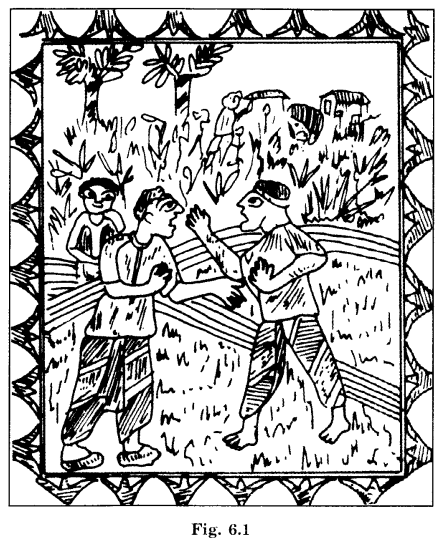
Area of the Police Station:
On the way to the police station, one of the neighbours asked, “Why don’t we spend some more money and go to the main police station in the town?”
“It is not a question of money. We can register the case only in this police station because our village comes in its area of work,” explained Mohan.
Every police station has an area that comes under its control. All persons in that area can report cases or inform the police about any theft, accident, injury, fight, etc. It is the responsibility of the police of that station to enquire, investigate and take action on the cases within its area.
Question Box: (NCERT Page 49-50)
Answer:
Question 2.
When they reached the police station Mohan went to the person-in-charge (Station House Officer or S.H.O.) and told him what had happened. He also said that he wanted to give the complaint in writing. The S.H.O. rudely brushed him aside saying that he couldn’t be bothered to waste his time writing down minor complaints and then investigating them. Mohan showed him his injuries but the S.H.O. did not believe him.
Mohan was puzzled and did not know what to do. He was not sure why his complaint was not being recorded. He went and called his neighbours into the office.
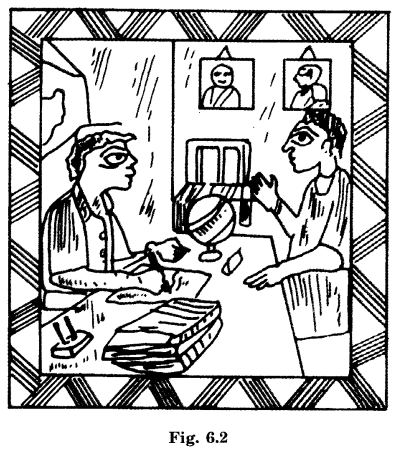
They argued strongly that Mohan had been beaten up in front of them and had they not rescued him he would have been injured very seriously. They insisted that the case be registered. Finally, the officer agreed. He asked Mohan to write down his complaint and also told the people that he would send a constable the next day to investigate the incident.
Question Box: (NCERT Page 50)
(i) Show the above situation in the police station through a skit.
(ii) Then talk about how you felt playing Mohan’s role or that of the S.H.O. or the neighbours.
(iii) Could the S.H.O. have handled the situation differently?
Answer:
(i) Please see the skit in the story.
(ii) I felt very Sorry for playing Mohan’s role, as no one in the police station helped me initially.
The S.H.O.’s role, in the beginning, was very disappointing. He should have behaved in a gentleman’s tone. He should have tackled the situation in a very judicious manner.
The neighbours instead of going to the police station should have gone to Raghu or the Village Panchayat to dissuade Raghu from giving back the portion of land to Mohan.
(iii) The S.H.O. could have handled the situation differently.
Question 3.
You saw that Mohan and Raghu were arguing heatedly whether the common boundary of their fields had been shifted. Isn’t there a way by which they could have settled this dispute in a peaceful manner? Are there records that show who owns what land in the village? Let’s find out how this is done. (NCERT Page 51)
Answer:
Question 4.
Question Box: (NCERT Page 51)
(i) Find out the term used for the Patwari in your state:
(ii) If you live in a rural area, find out
(a) How many villages do the Patwari of your area maintain land records of?
(b) How do people in the village contact him/her?
Answer:
(i) Patwari in Delhi: (Lekhpal in U.P.). in)
(ii) (a) A group of villages.
(b) The Patwari fixes the days in each village. Usually, Panchayat President’s office is his office. People can contact him in this office.
Question 5.
The Khasra record of the Patwari gives you information regarding the map given below. It identifies which plot of land is owned by whom. Look at both the records and the map and answer the questions given below regarding Mohan and Raghu’s land.
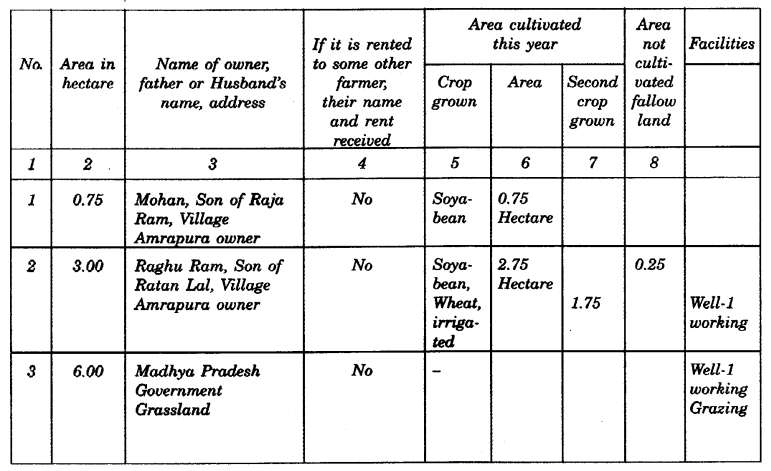
(See Fig. 6.3 on next page)
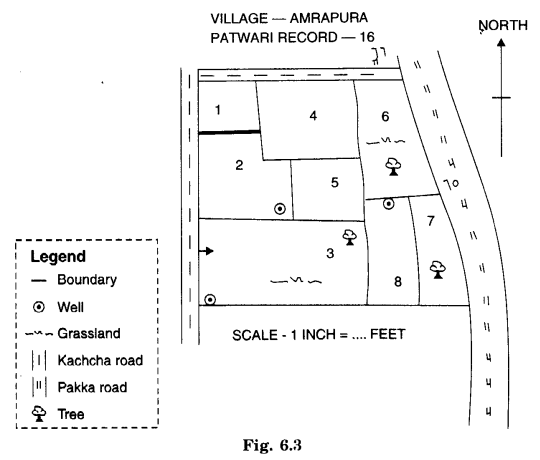
Answer:
Question 6.
When do you think farmers may require a copy of this record? Study the following situations and identify the cases in which these records would be necessary and why.
Answer:
Question 7.
Other Public Services- A survey
This chapter has looked at some of the administrative work of the government, especially for rural areas. The first example related to maintaining law and order and the second to maintaining land records. In the first case, we examined the role of the police and in the second that of the Patwari. This work is supervised by other people in the department, such as the Tehsildar or the Superintendent of Police. We have also seen how people use these services and some of the problems that they face. These services have to be used and made to function according to the laws that have been framed for them. You have probably seen many other public services and facilities provided by various departments of the government.
Do the following exercise for your village/by visiting a nearby village or looking at your own area.
List the public services in the village/area such as the milk society, the fair price shop, the bank, the police station, the agricultural society for seeds and fertilizer, the post office or sub-post office, the Anganwadi, creche, government school/s, health centre or government hospital, etc. Collect information on three public services and discuss with your teacher how improvements can be made in their functioning. One example has been worked out. (NCERT Page 54)
Answer:
Public services in the village:
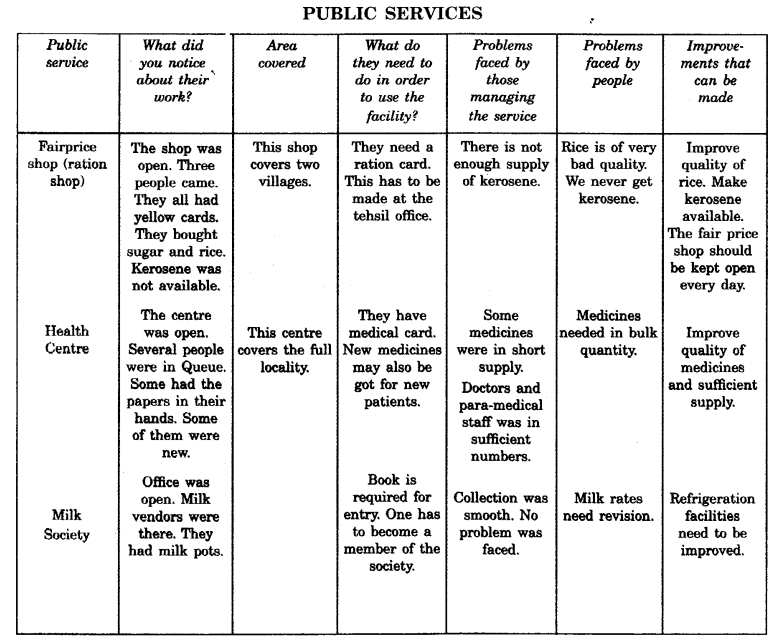
We hope the NCERT Solutions for Class 6 Social Science Civics Chapter 6 Rural Administration help you. If you have any query regarding NCERT Solutions for Class 6 Social Science Civics Chapter 6 Rural Administration, drop a comment below and we will get back to you at the earliest.
NCERT Solutions for Class 6 Social Science History Chapter 5 What Books and Burials Tell Us are part of NCERT Solutions for Class 6 Social Science. Here we have given NCERT Solutions for Class 6 Social Science History Chapter 5 What Books and Burials Tell Us.
| Board | CBSE |
| Textbook | NCERT |
| Class | Class 6 |
| Subject | Social Science History |
| Chapter | Chapter 5 |
| Chapter Name | What Books and Burials Tell Us |
| Number of Questions Solved | 8 |
| Category | NCERT Solutions |
NCERT TEXTBOOK EXERCISES (Pages 52-53)
LET’S RECALL
Question 1.
Match the columns:
| Sukta | Stone boulder |
| Chariots | Sacrifice |
| Yajna | Well-scud |
| Dasa | Used in battles |
| Megalith | Slave |
Answer:
| Sukta | Well-said |
| Chariots | Used in battles |
| Yajna | Sacrifice |
| Dasa | Slave |
| Megalith | Stone boulder |
Question 2.
Complete the sentences:
Answer:
LET’S DISCUSS
Question 3.
In what ways are the books we read today different from the Rigveda?
Answer:
The books we use are written and printed. The Rigveda was recited and heard rather than read. It was written down several centuries after it was first composed and printed less than 200 years ago.
Question 4.
What kind of evidence from burials do archaeologists use to find out whether there were social differences amongst those who were buried?
Answer:
The objects found in graves are usually different. Some skeletons were buried with a great number of pots, while some with just a few of them. Archaeologists have thus concluded that people were buried with objects depending upon their status.
Question 5.
In what ways do you think that the life of a raja was different from that of a dasa or dasi?
Answer:
The rajas did not have capitals, palaces, or armies, nor did they collect taxes. Generally, the sons did not automatically succeed fathers as rajas.
There were people who did not perform sacrifices and probably spoke different languages. Later the term came to mean Dasa or slave. Slaves were men and women captured in the war. They were treated as the property of the owners, who could make them do any work they wanted.
LET’S DO
Question 6.
Find out whether your school library has a collection of books on religion, and list the names of five books from this collection.
Answer:
Yes, our school library has a collection of books on religion.
List of Books from School Library Collection:
Question 7.
Write down a short poem or song that you have memorized. Did you hear or read the poem or song? How did you learn it by heart?
Answer:
Self-study
Suggestion. Students should write National Anthem: Jan-Gan-Man-Adhinayak. Please refer to the introductory page no. (vi) of your textbook.
or
National Song: Vande Mataram.
We have heard as well as read the song. We have repeated it again and again. We have learned it singing usually daily in our school Morning Assembly before/after prayer.
Question 8.
In the Rigveda, people were described in terms of the work they did and the languages they spoke. In the table below, fill in the names of six people you know, choosing three men and three women. For each of them, mention the w ork they do and the language they speak. Would you like to add anything else to the description?
| Name | Work | Language | Anything Else |
Answer:
| Name | Work | Language | Anything Else |
| Ram | Teaching | Hindi | He is a Hindu by faith. |
| Rahim | Doctor | English | He is a Jew. |
| Raghubir Singh | Labour | Punjabi | He is a Sikh. |
| Sita | Nurse | Tamil | She works in a nursing home. |
| Reshma | Weaving | Urdu | She spins, weaves, and prints cloth. |
We hope the NCERT Solutions for Class 6 Social Science History Chapter 5 What Books and Burials Tell Us, help you. If you have any query regarding NCERT Solutions for Class 6 Social Science History Chapter 5 What Books and Burials Tell Us, drop a comment below and we will get back to you at the earliest.
Access Class 12 Maths NCERT Solutions Chapter 10 Vector Algebra Miscellaneous Exercise, contains solutions for all Vector Algebra Miscellaneous Exercise Class 12 questions.
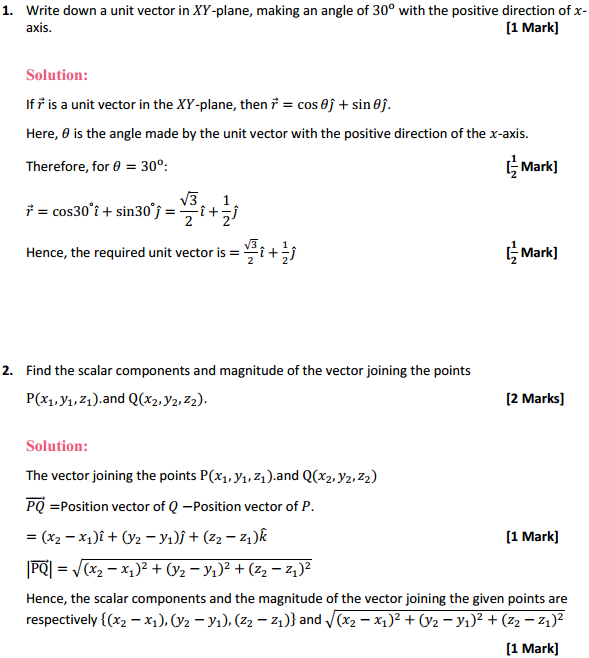
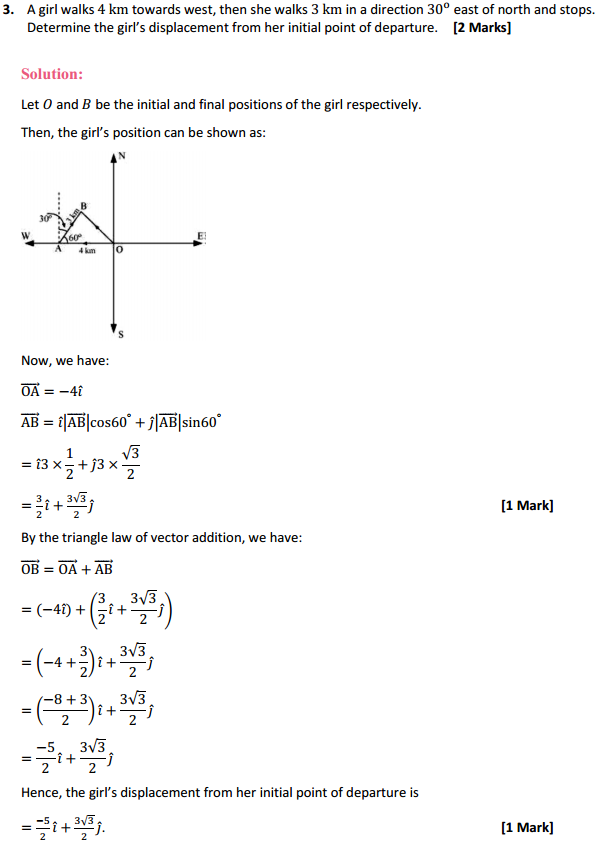
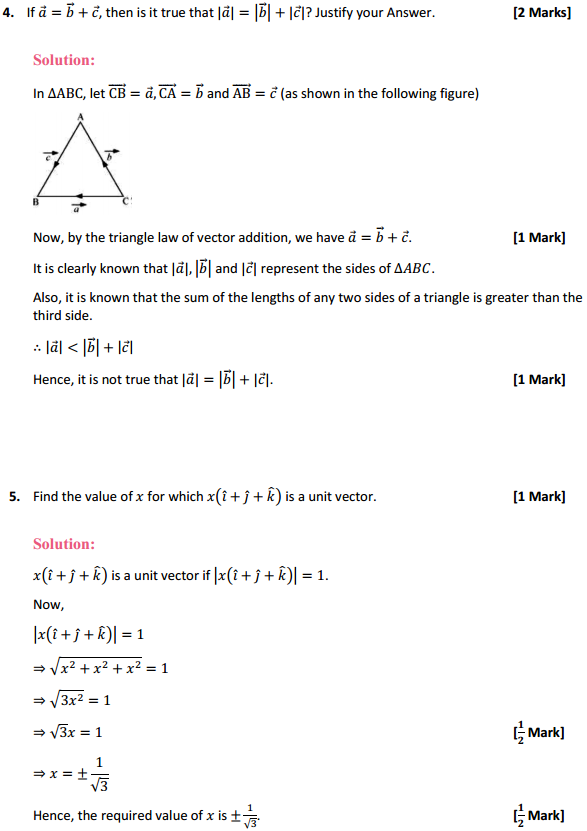
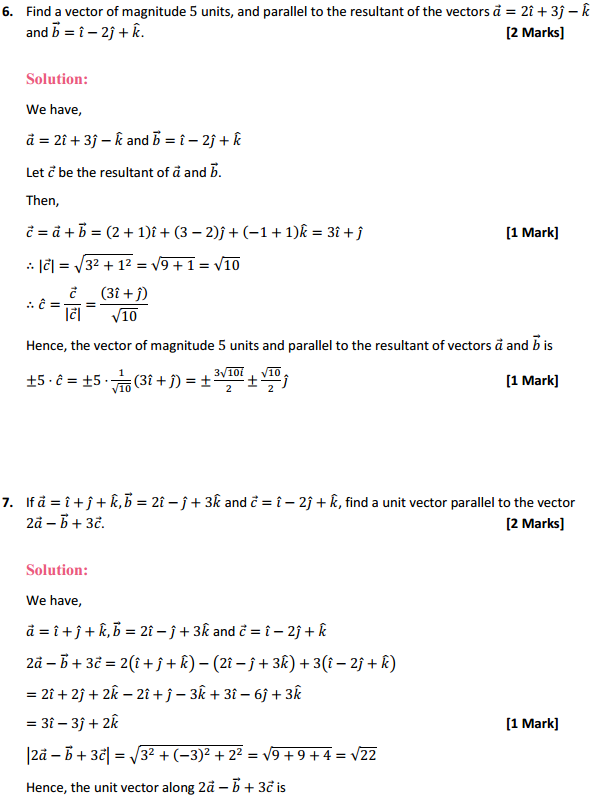
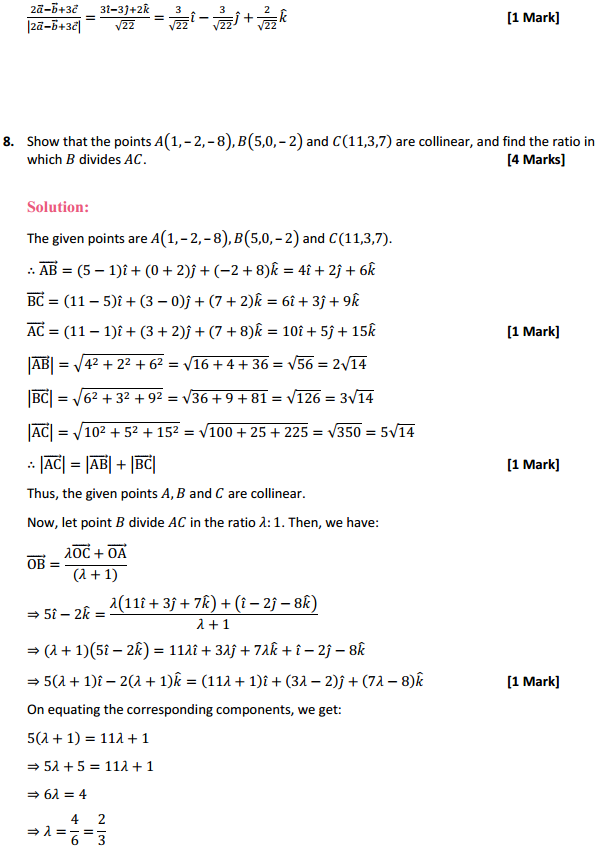
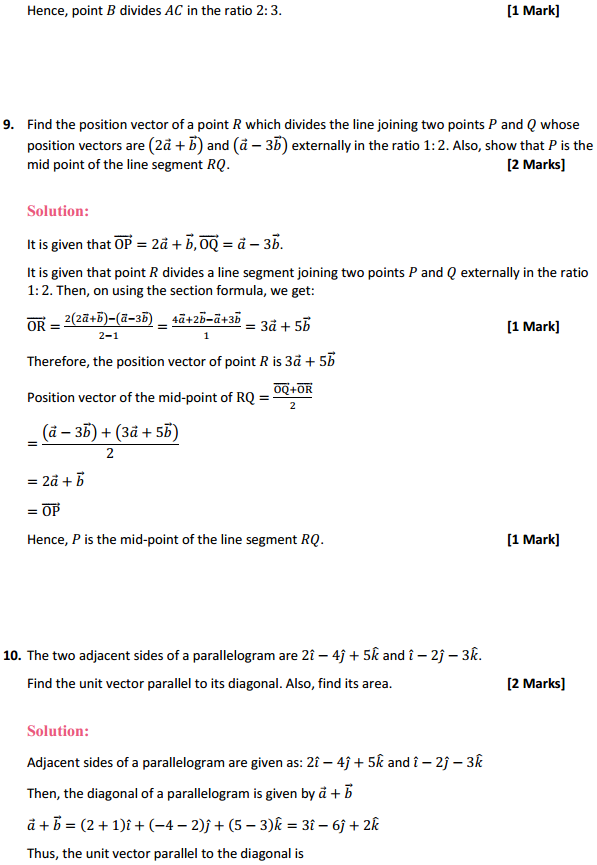
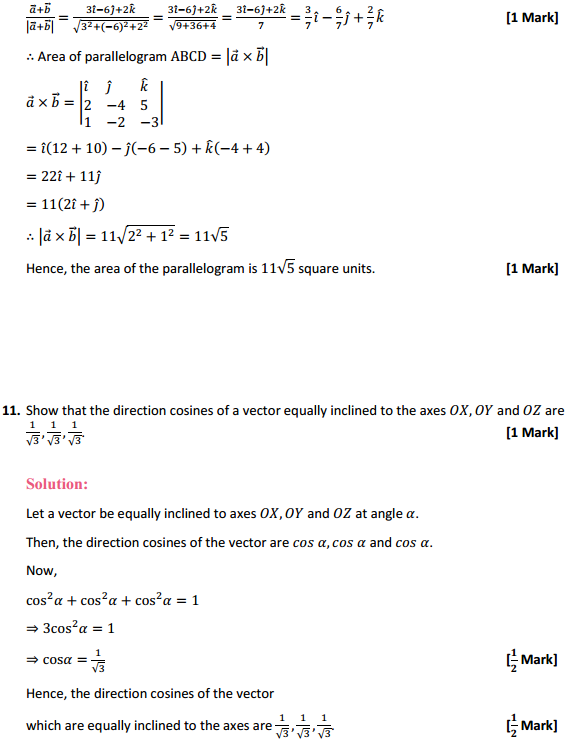
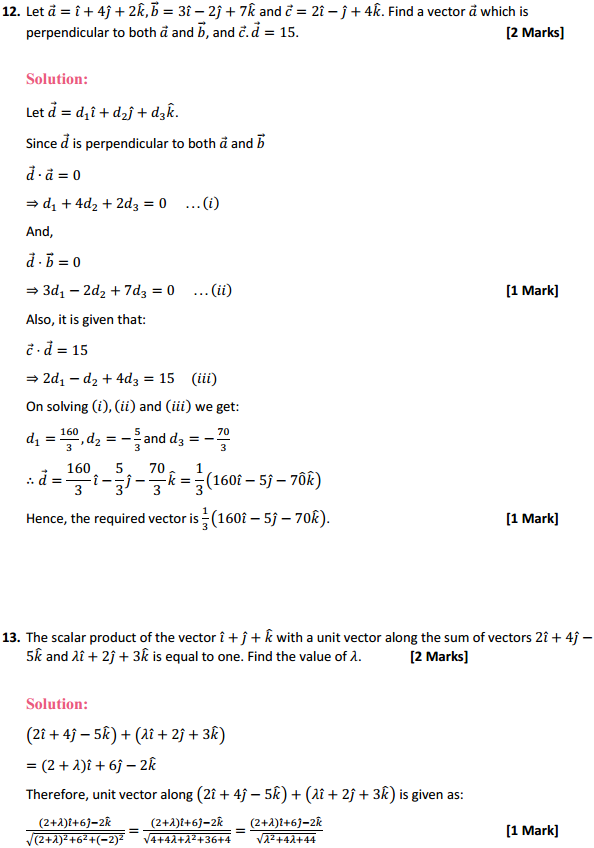
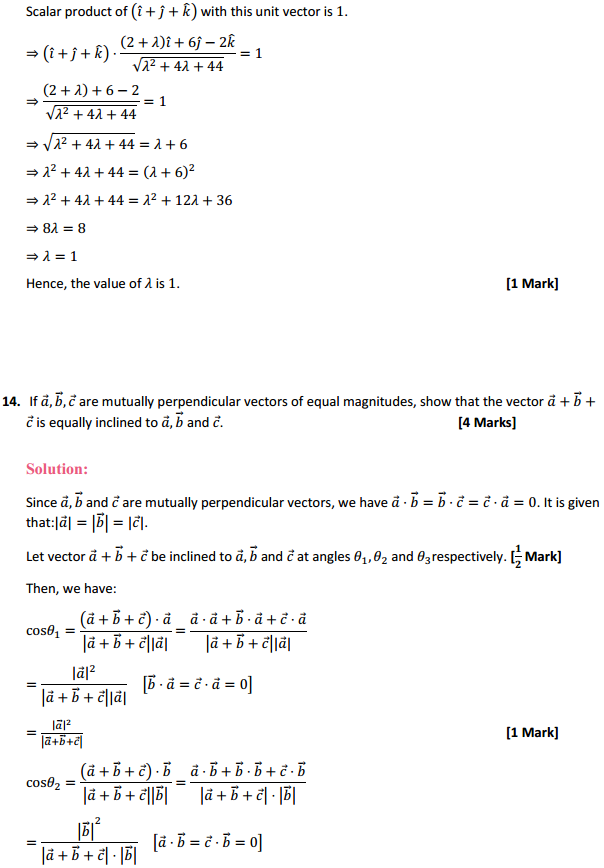
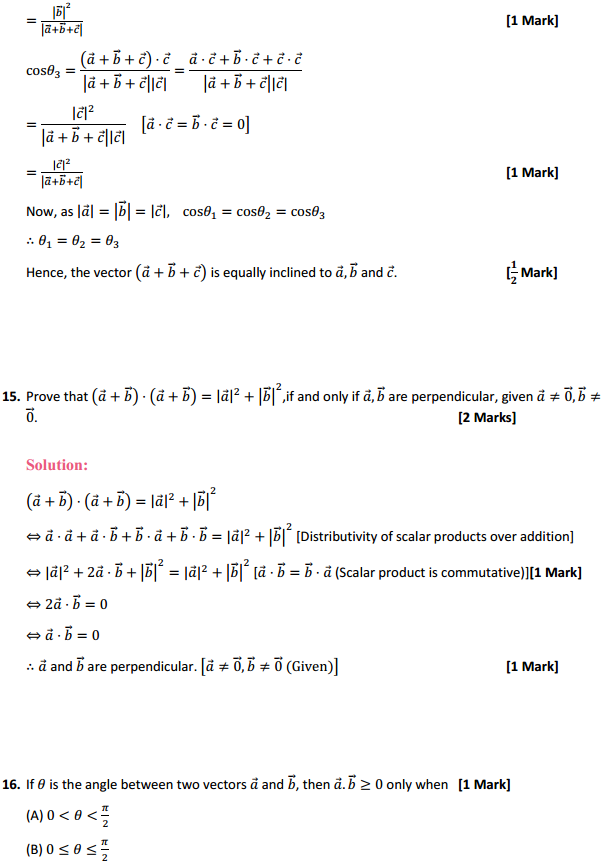
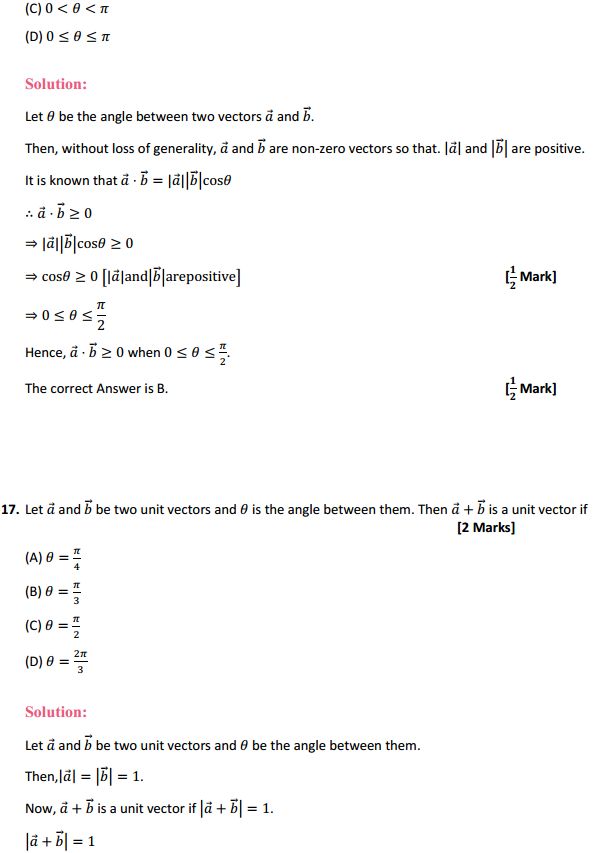
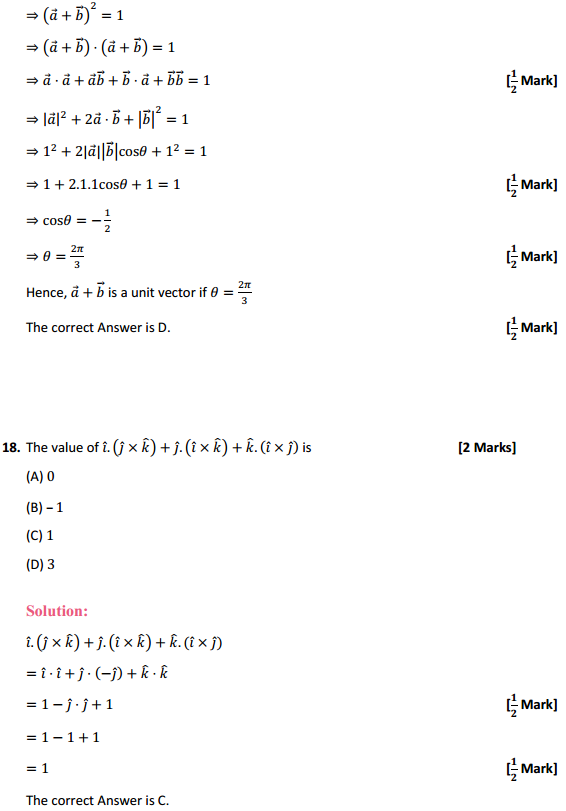
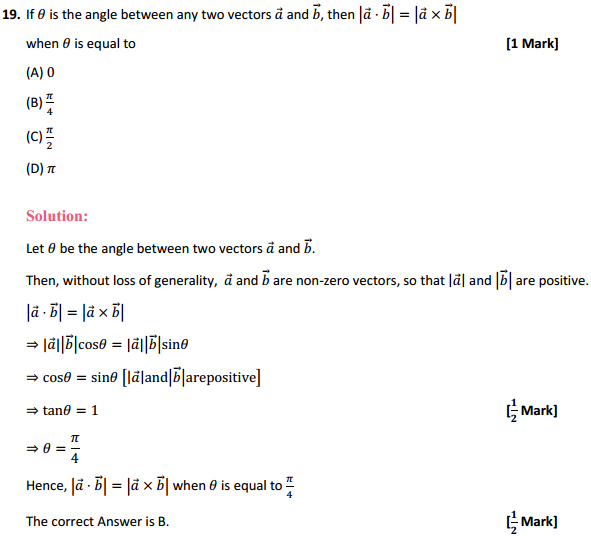
Access Class 12 Maths NCERT Solutions Chapter 10 Vector Algebra Ex 10.4, contains solutions for all Exercise 10.4 Class 12 questions.
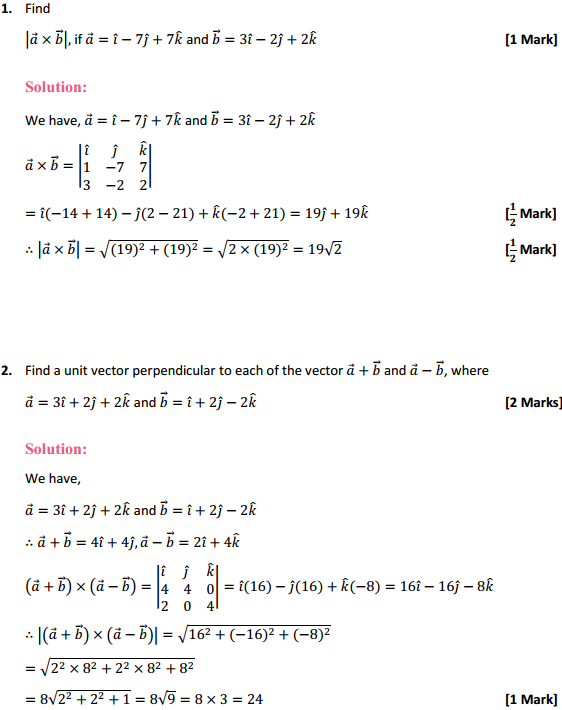
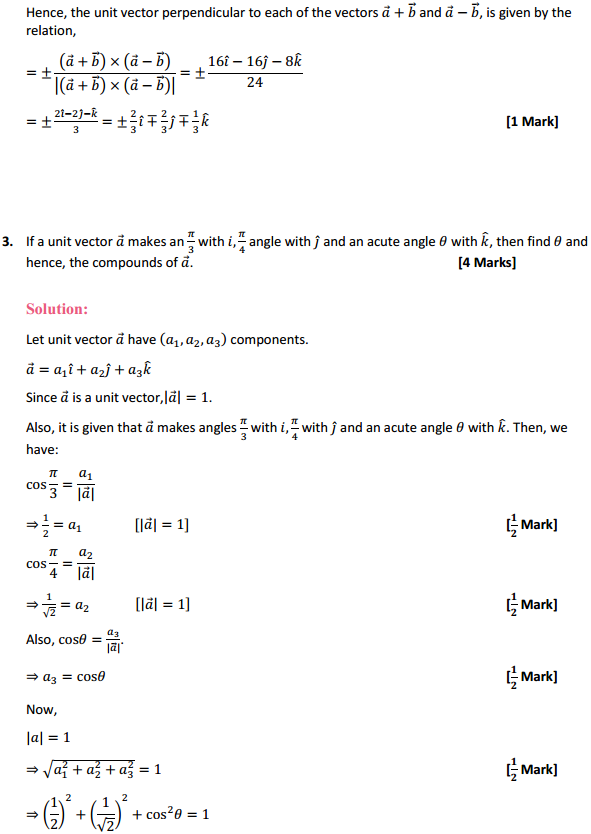
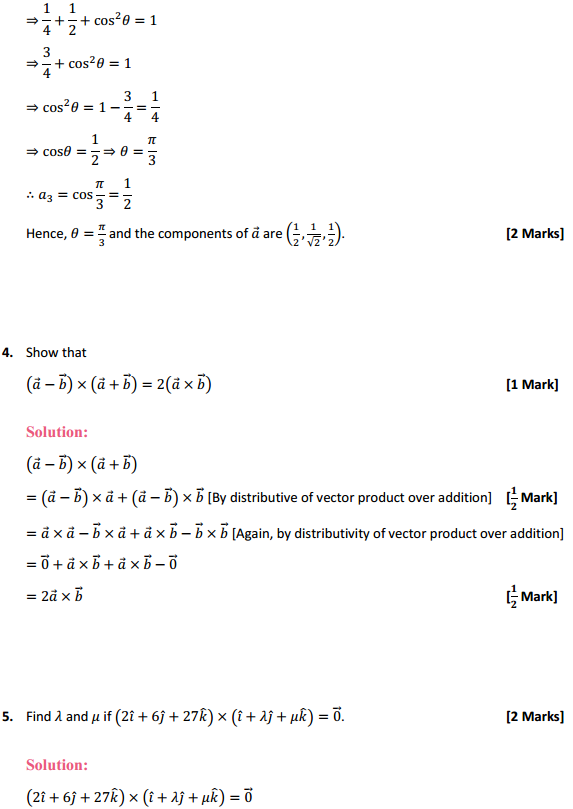
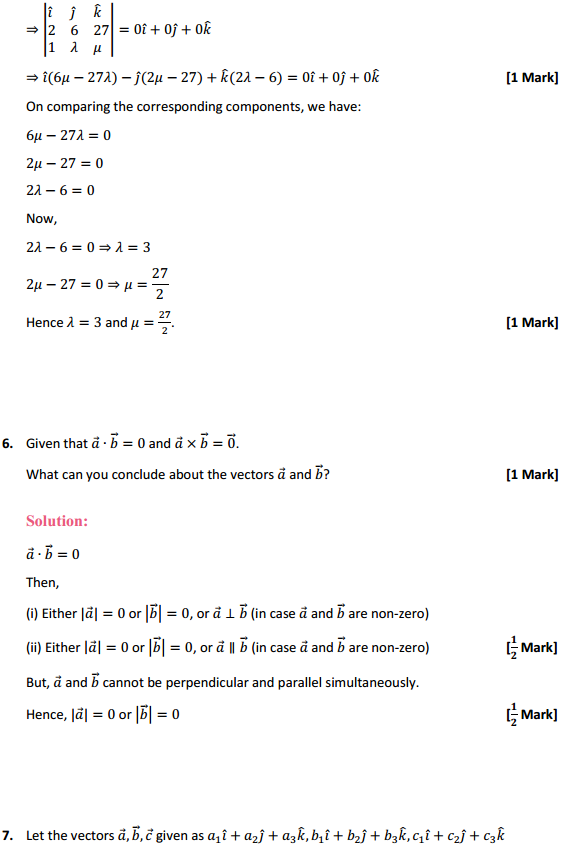
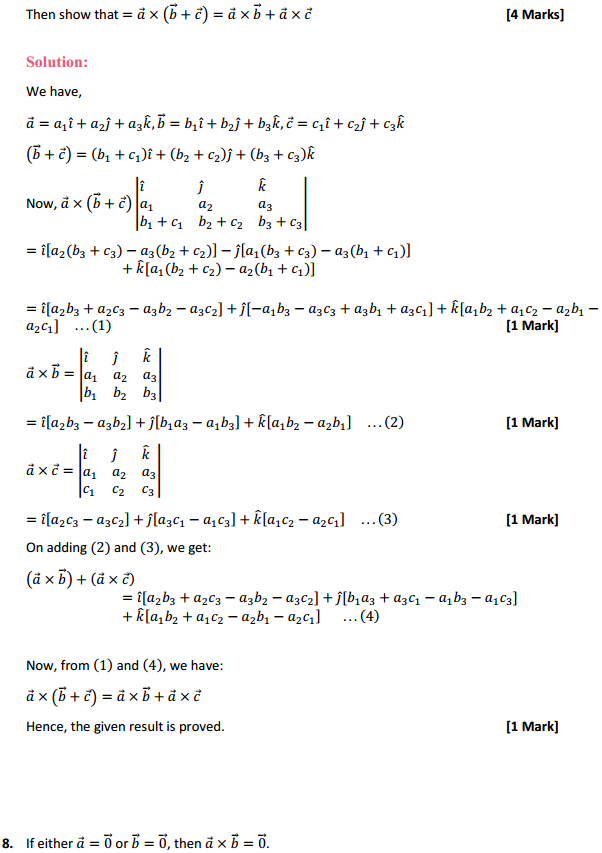
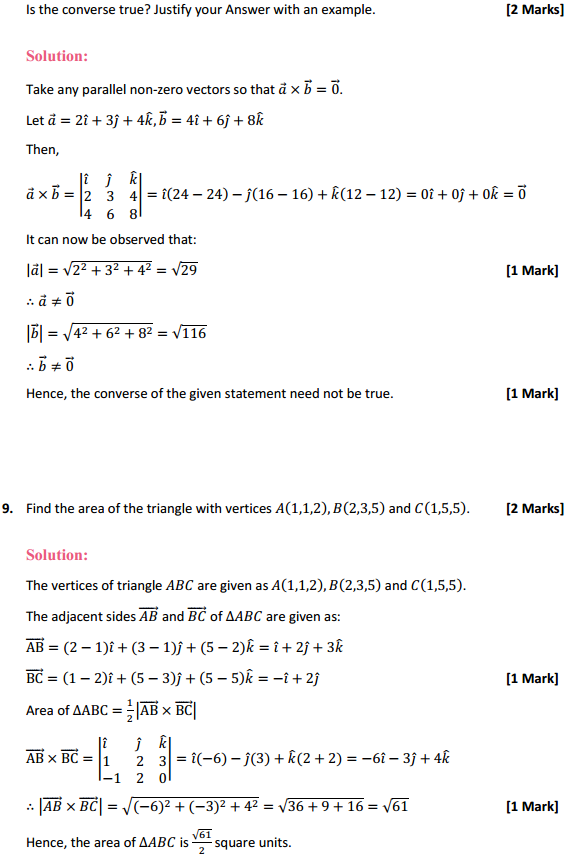
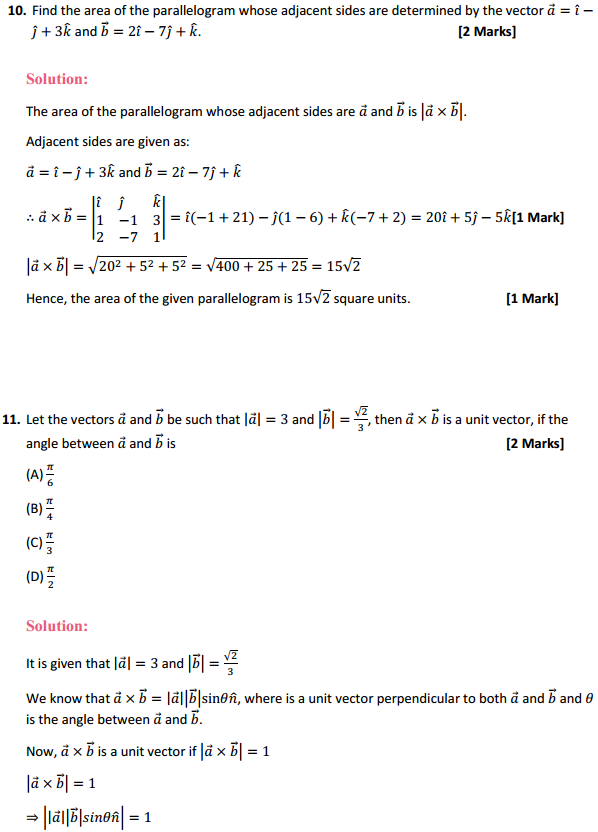
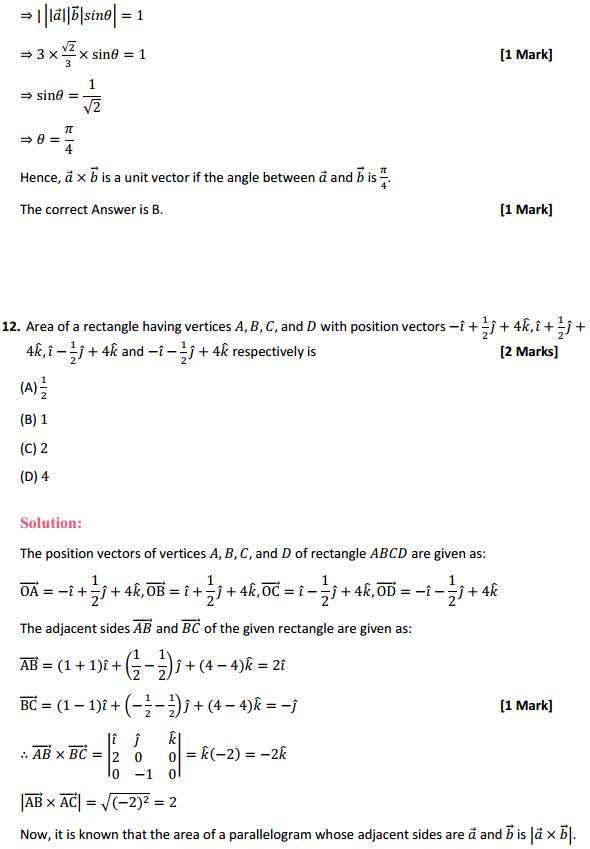

Access Class 12 Maths NCERT Solutions Chapter 10 Vector Algebra Ex 10.3, contains solutions for all Exercise 10.3 Class 12 questions.
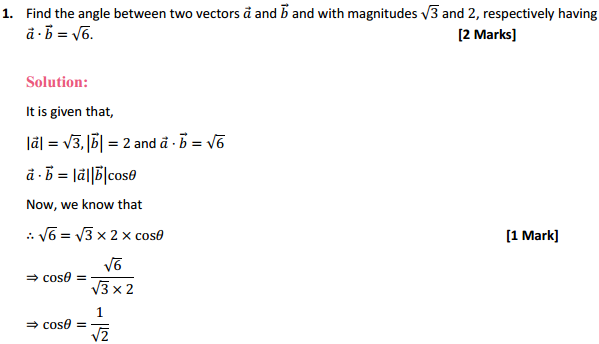
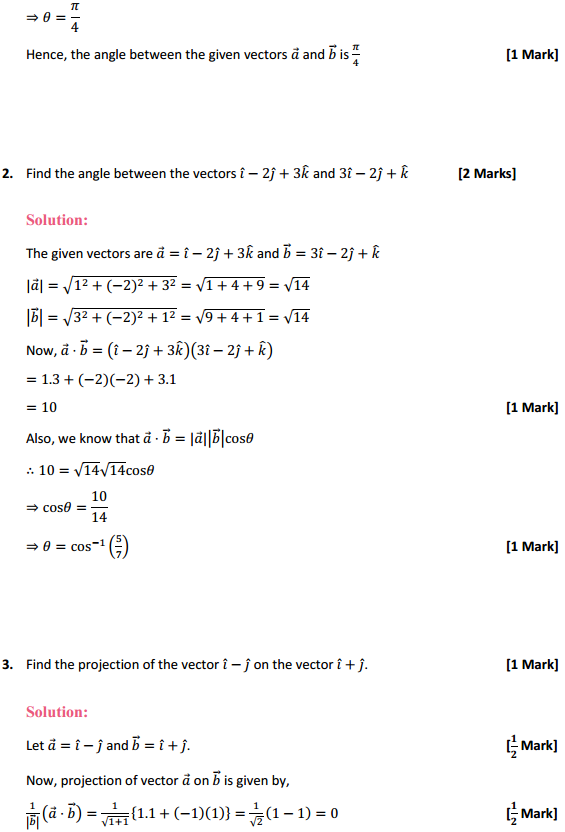
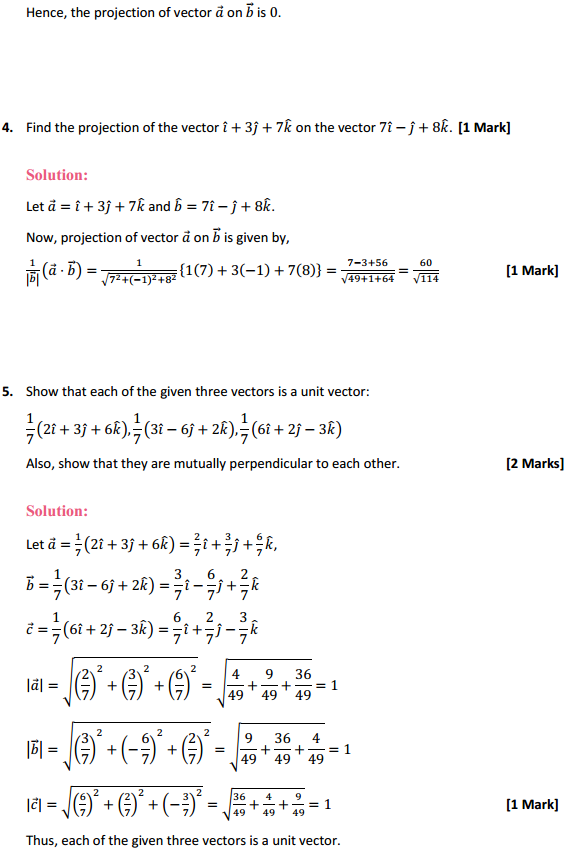
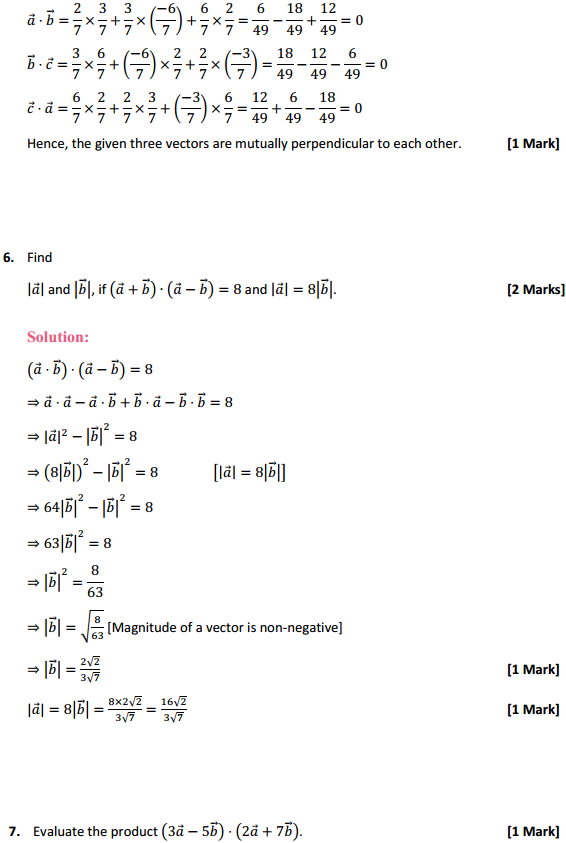
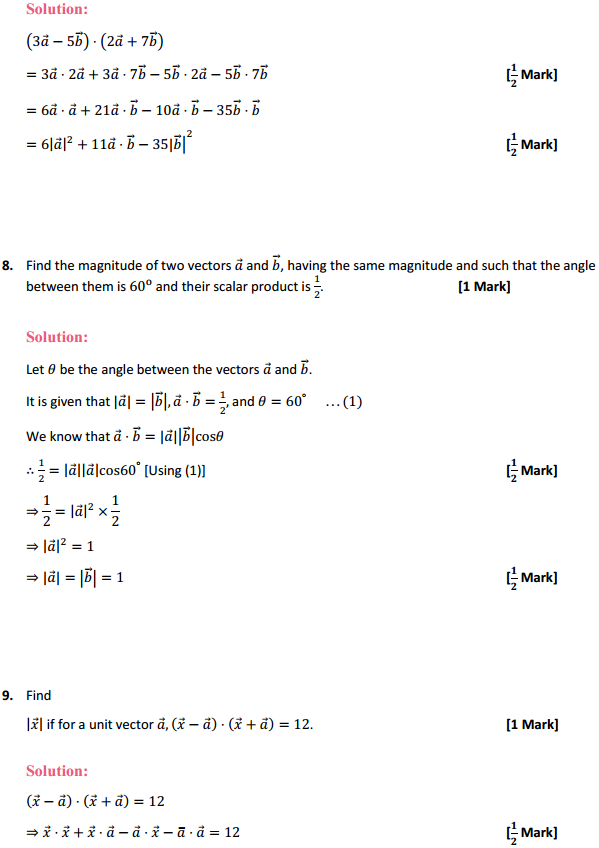
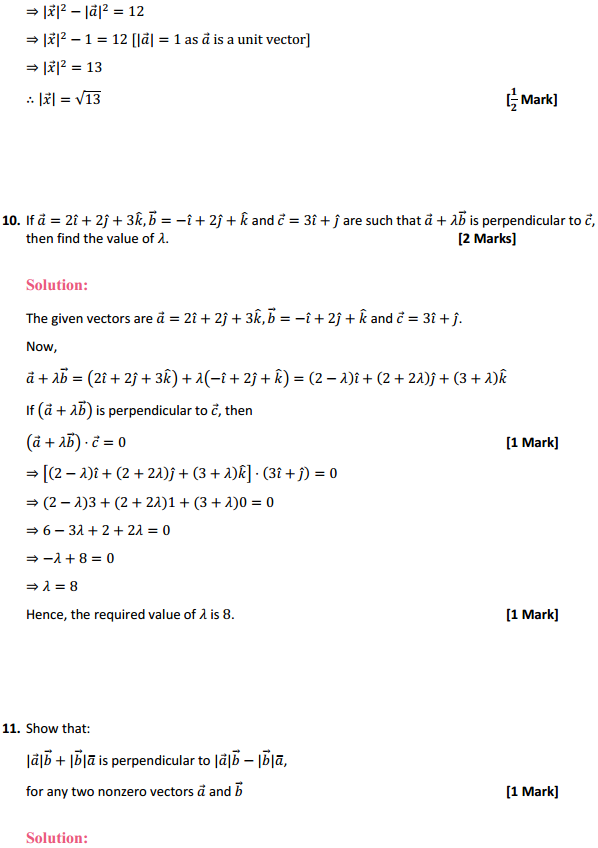
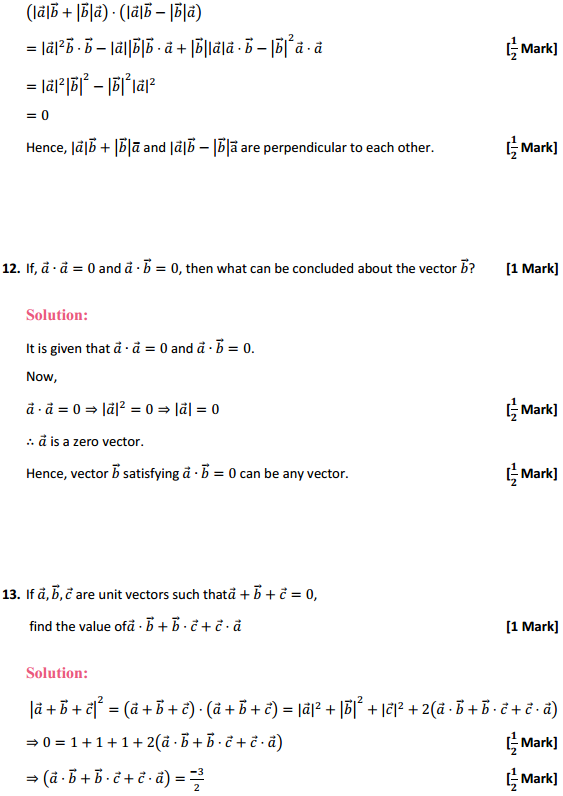
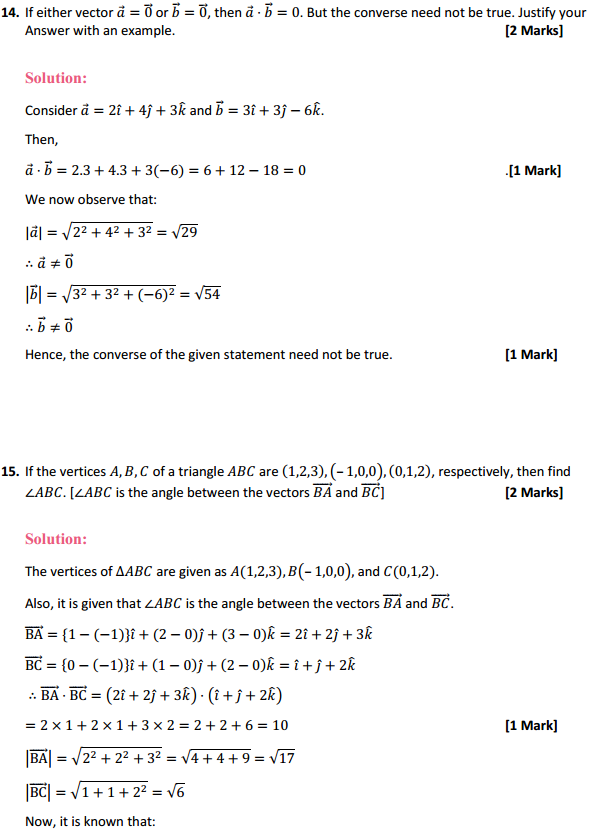
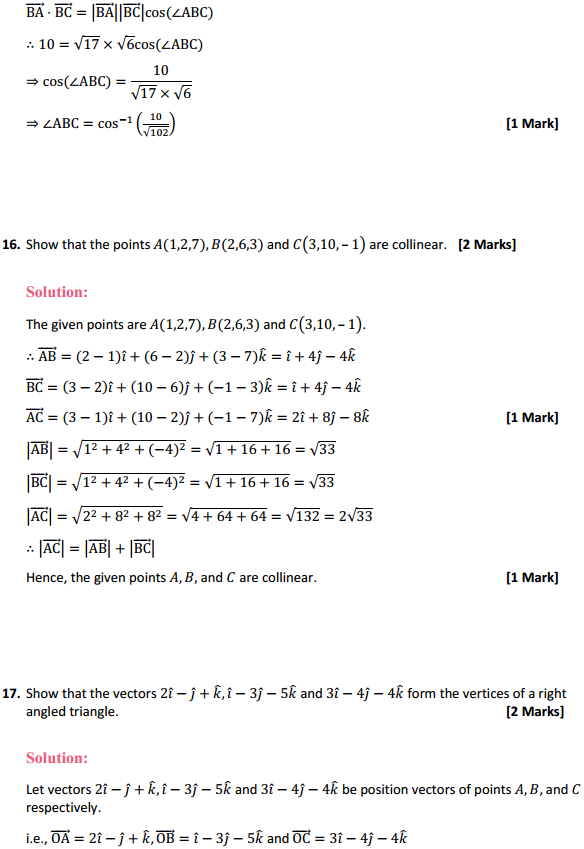
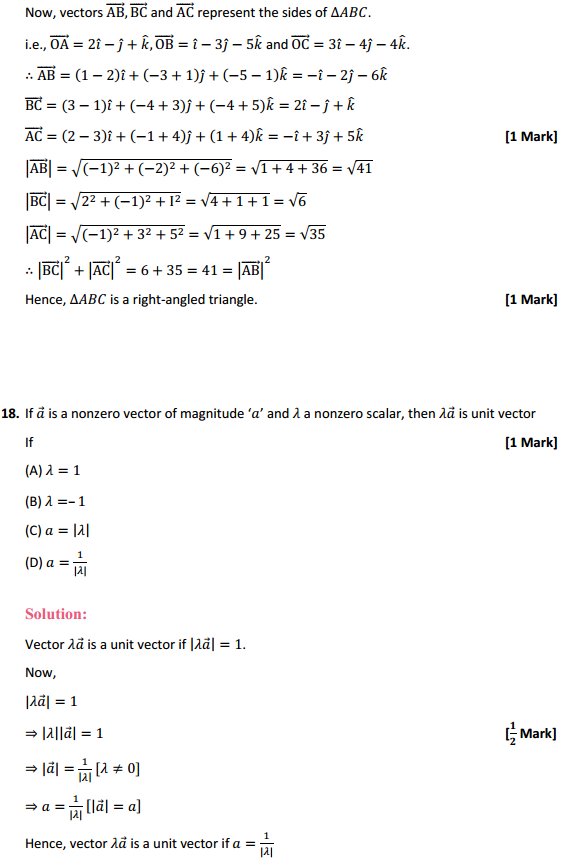
![]()
Access Class 12 Maths NCERT Solutions Chapter 10 Vector Algebra Ex 10.2, contains solutions for all Exercise 10.2 Class 12 questions.
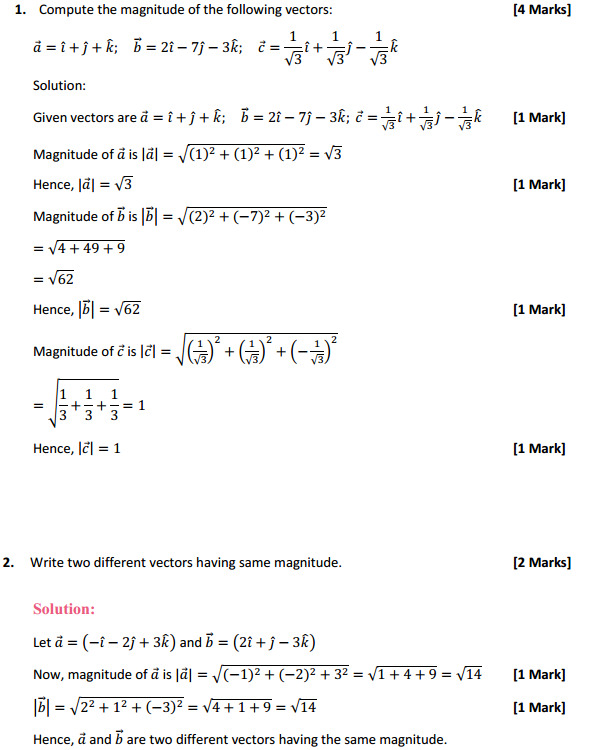
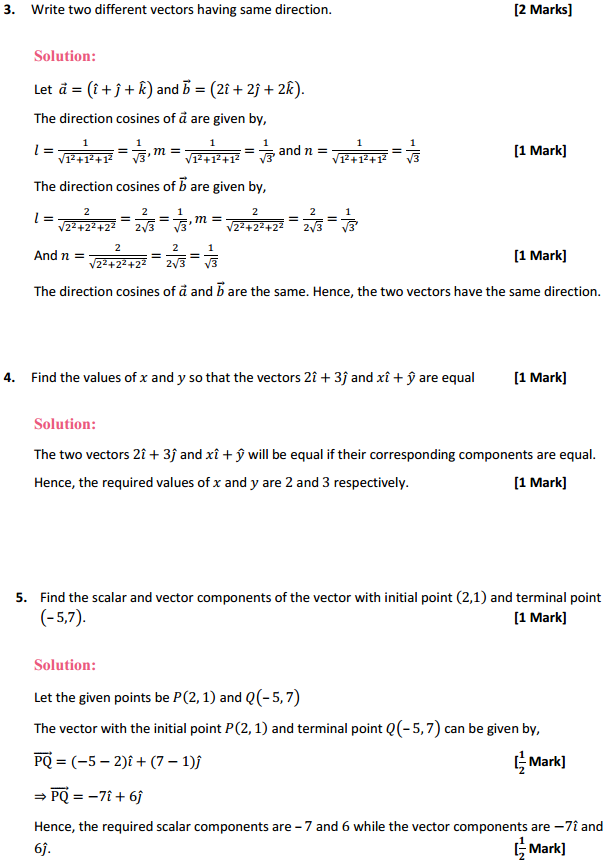
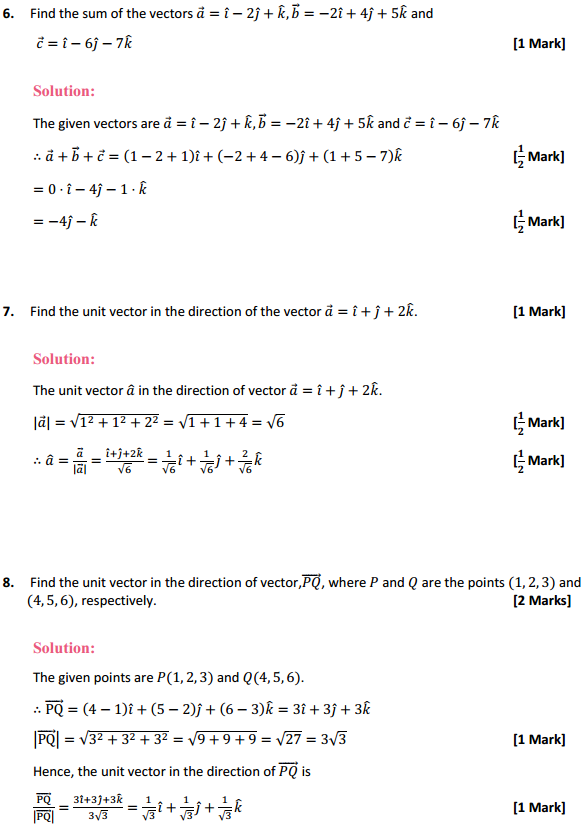
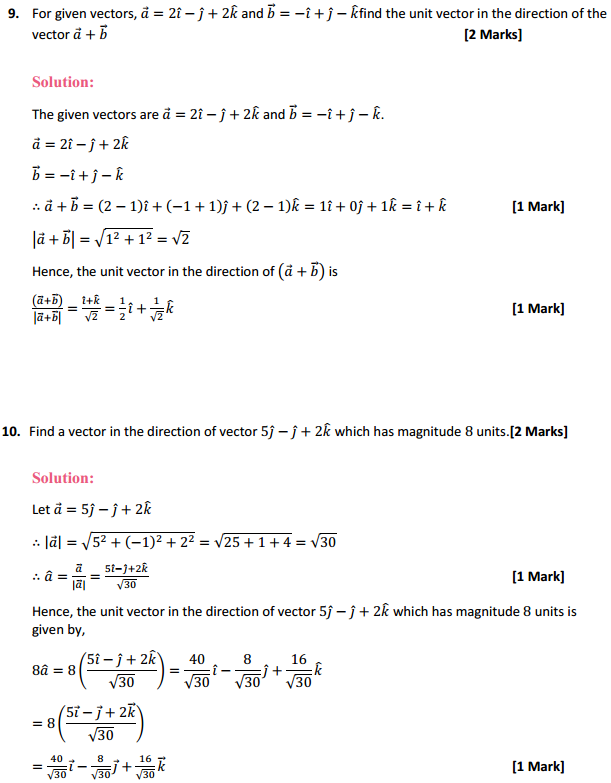
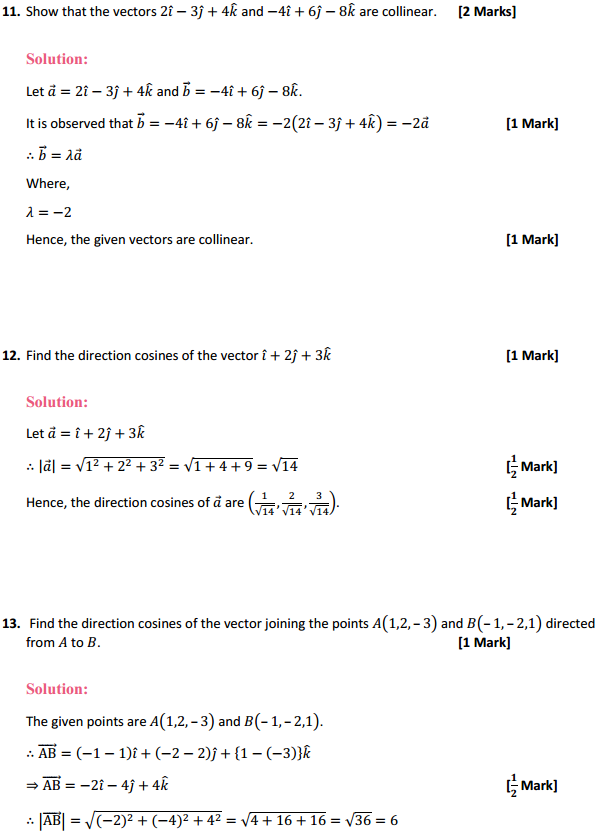

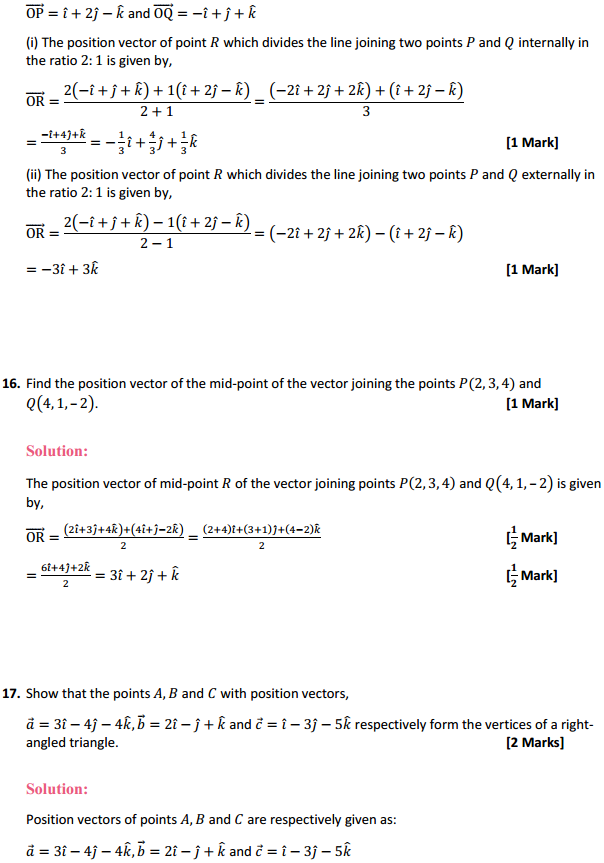
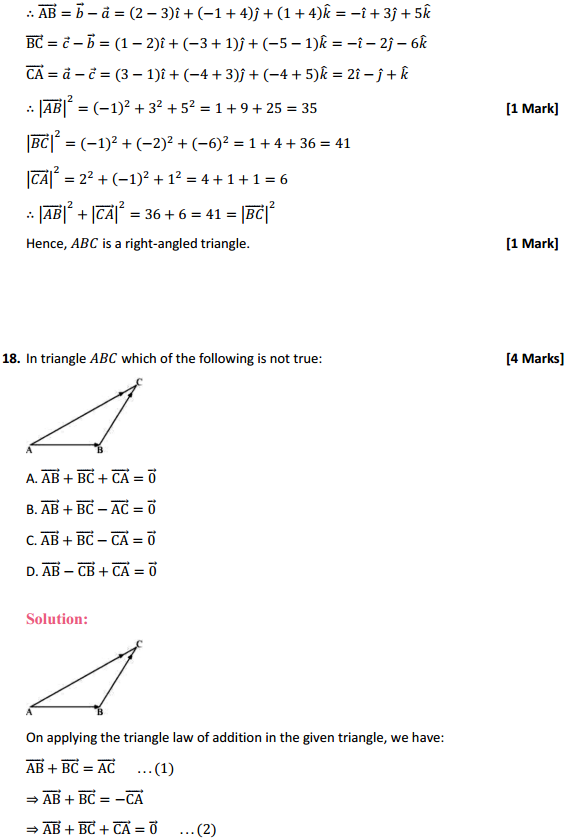
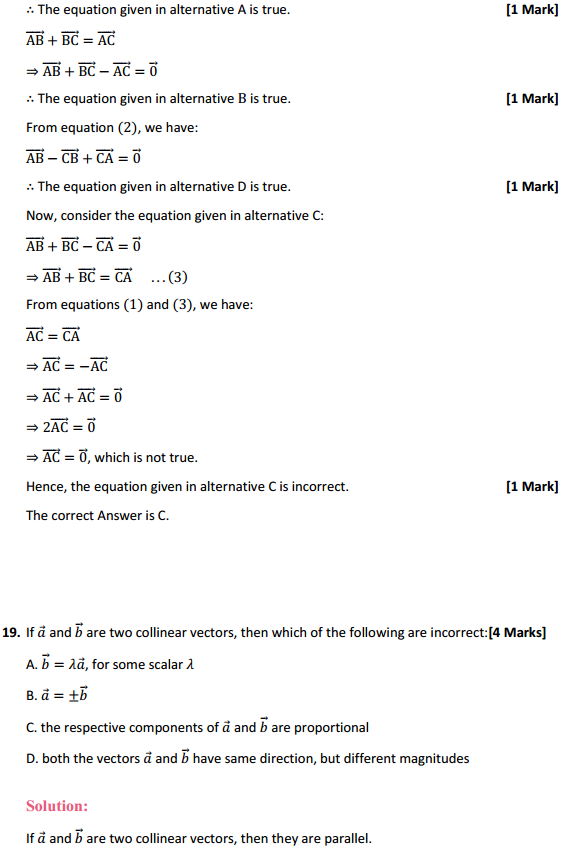
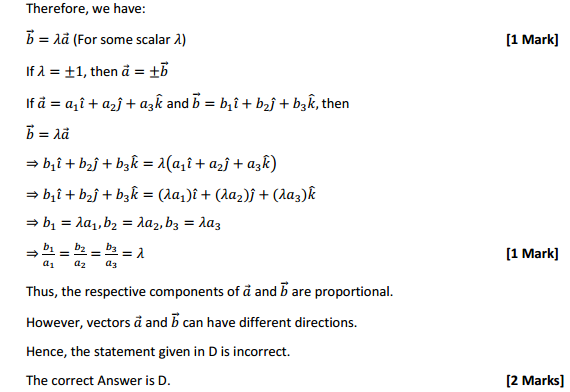
Access Class 12 Maths NCERT Solutions Chapter 10 Vector Algebra Ex 10.1, contains solutions for all Exercise 10.1 Class 12 questions.
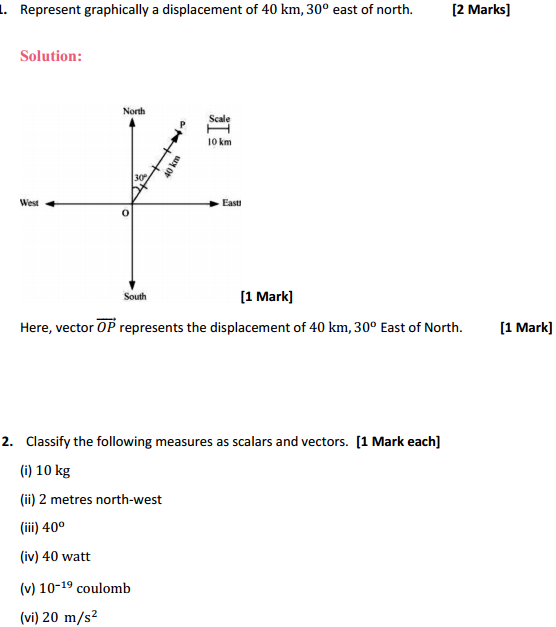
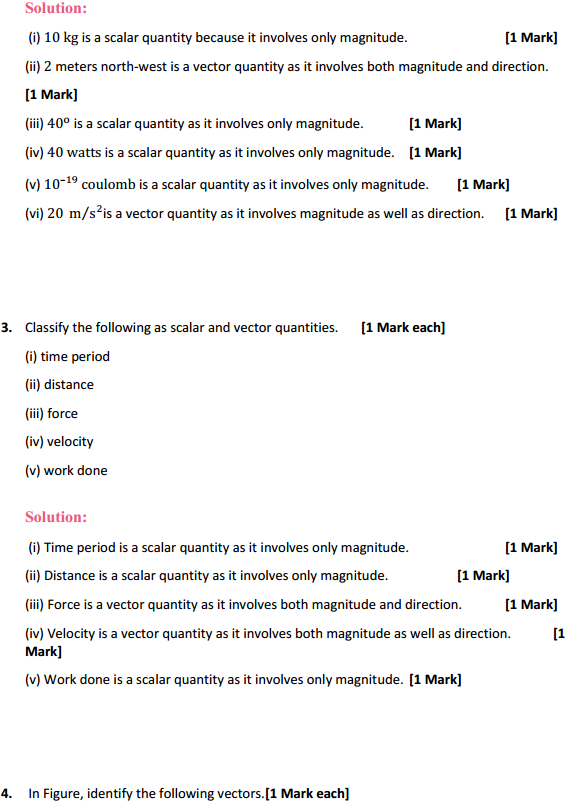
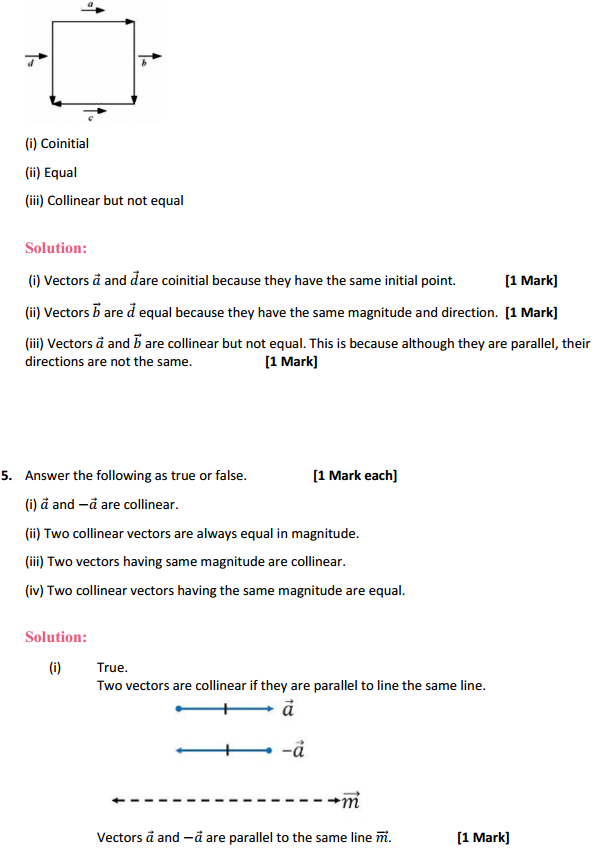
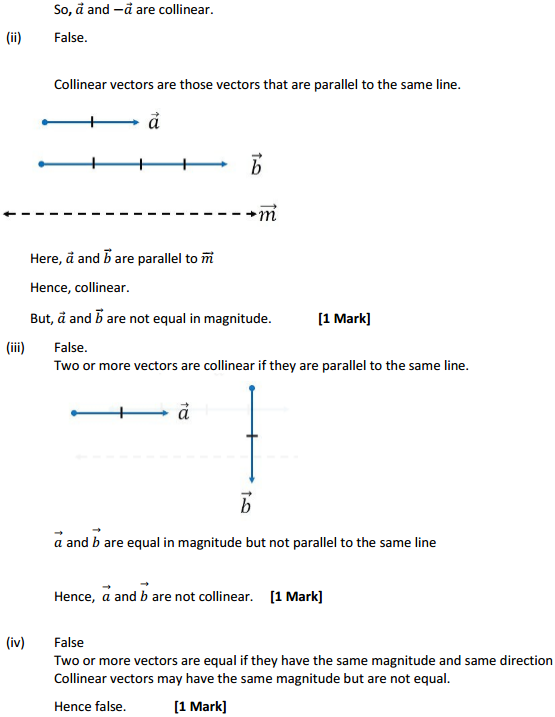
Access Class 12 Maths NCERT Solutions Chapter 9 Differential Equations Miscellaneous Exercise, contains solutions for all Differential Equations Miscellaneous Exercise Class 12 questions.

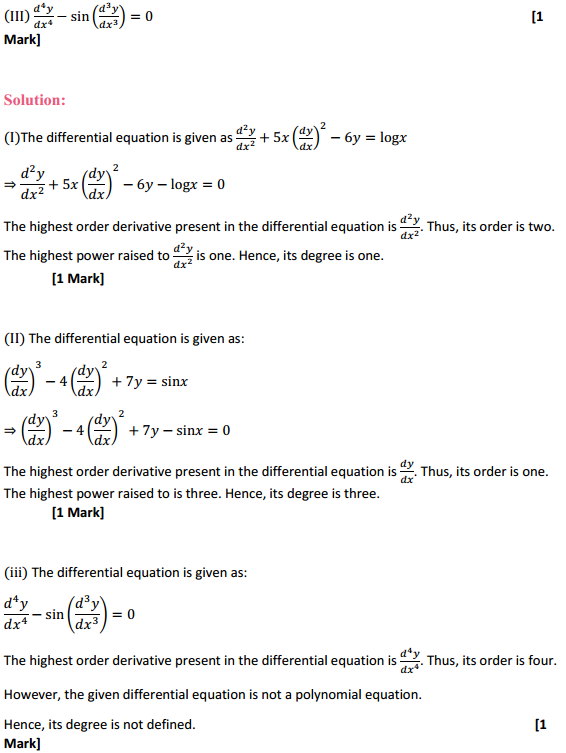

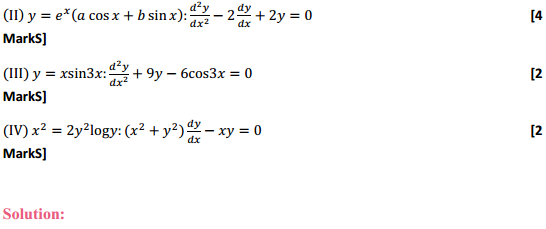
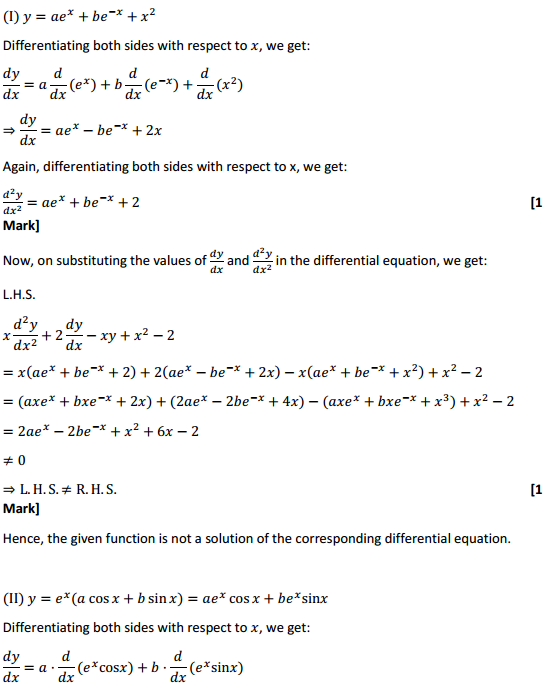
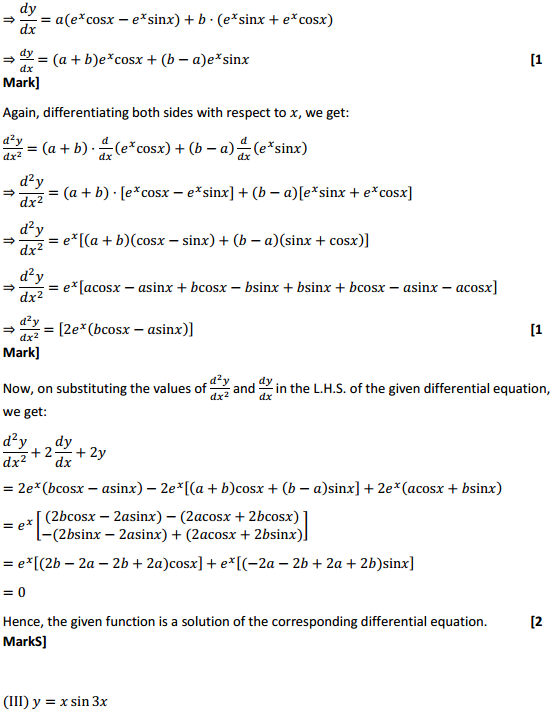
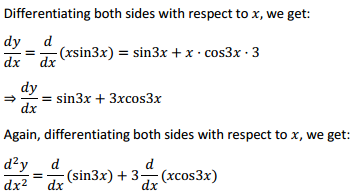
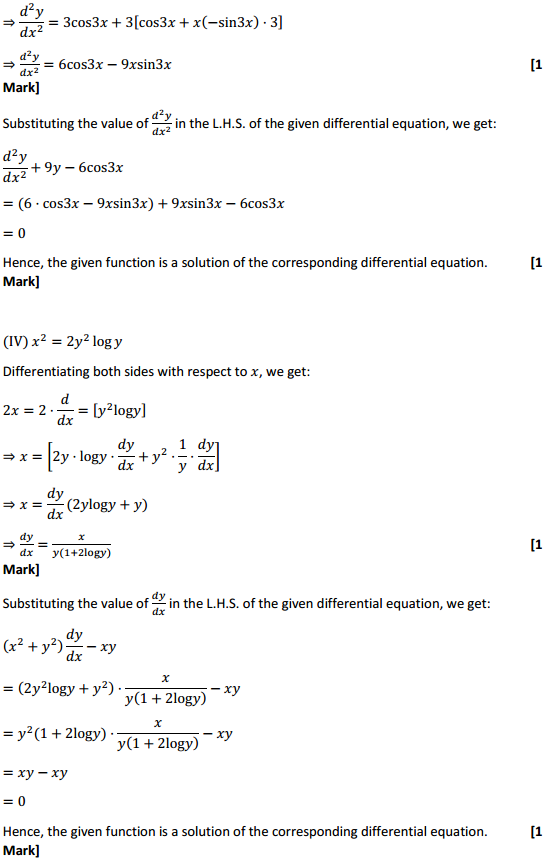
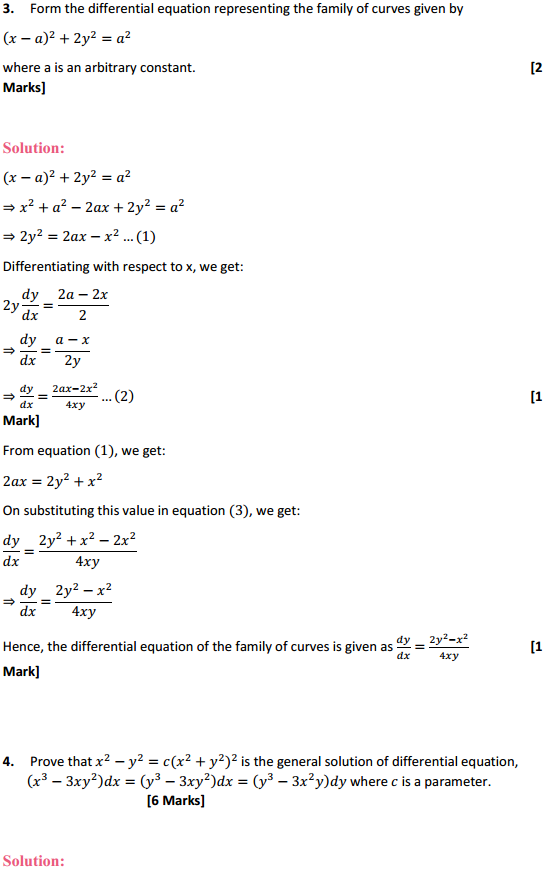
![]()
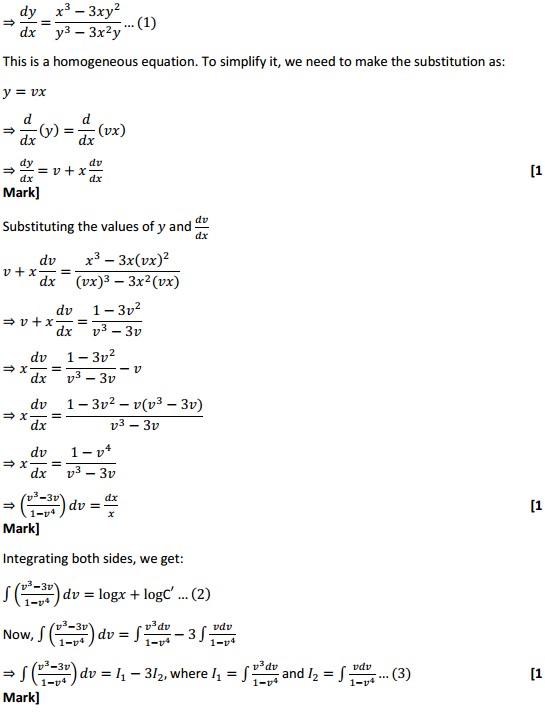
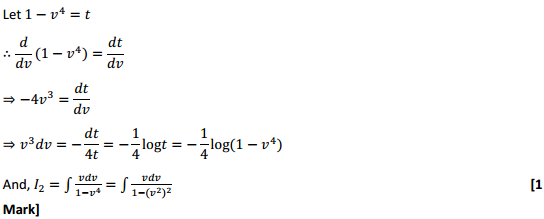
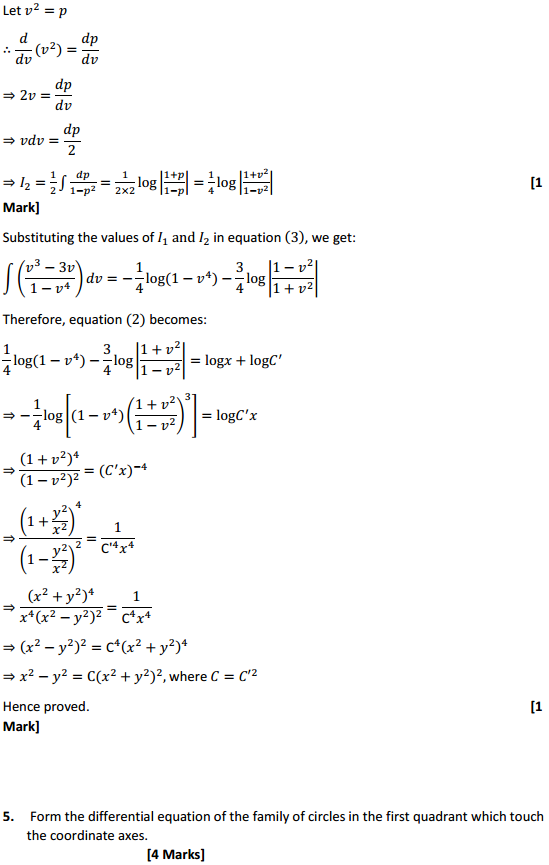
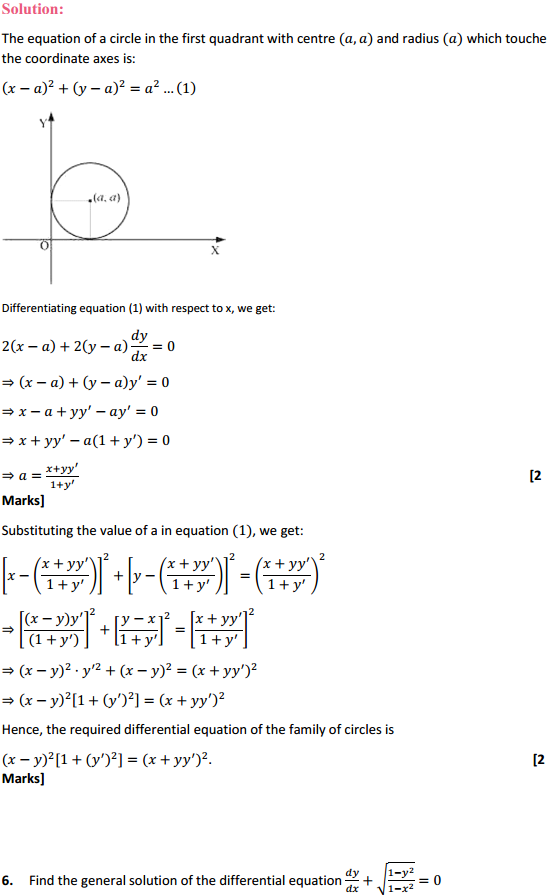
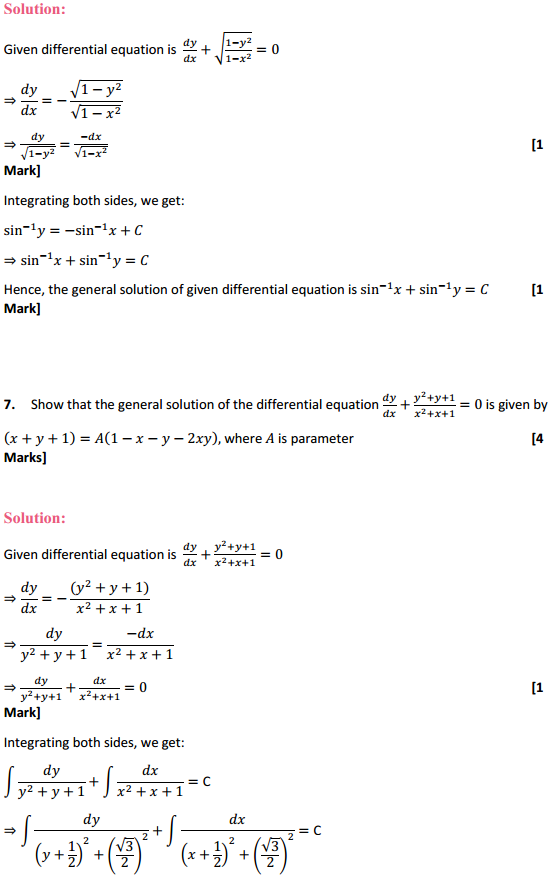
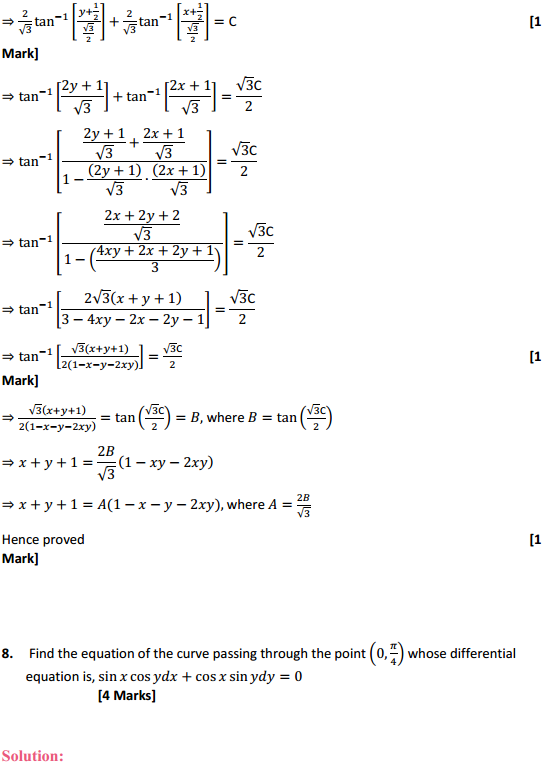

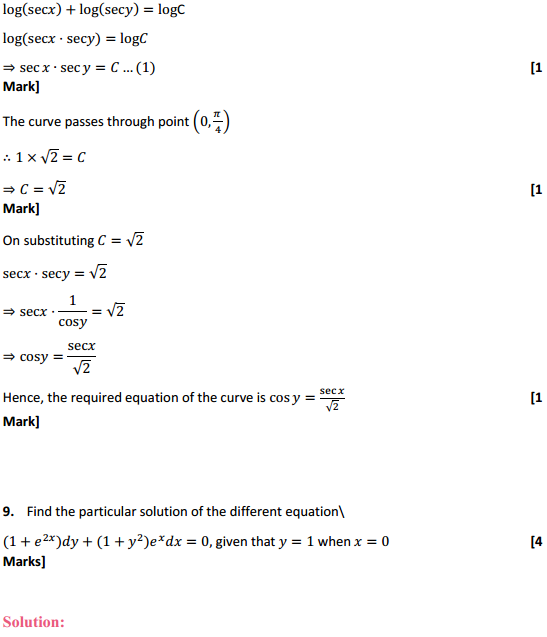
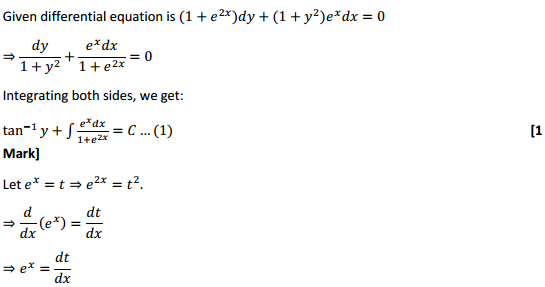
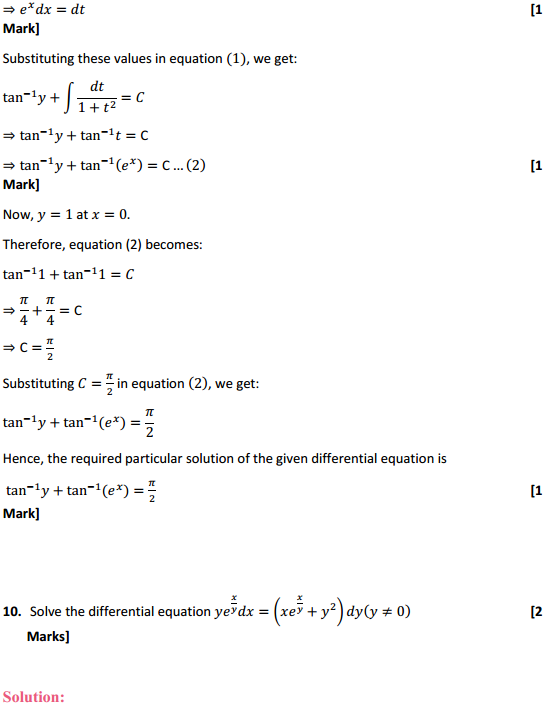
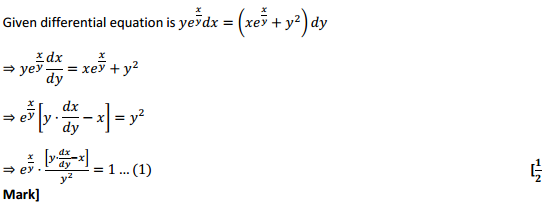
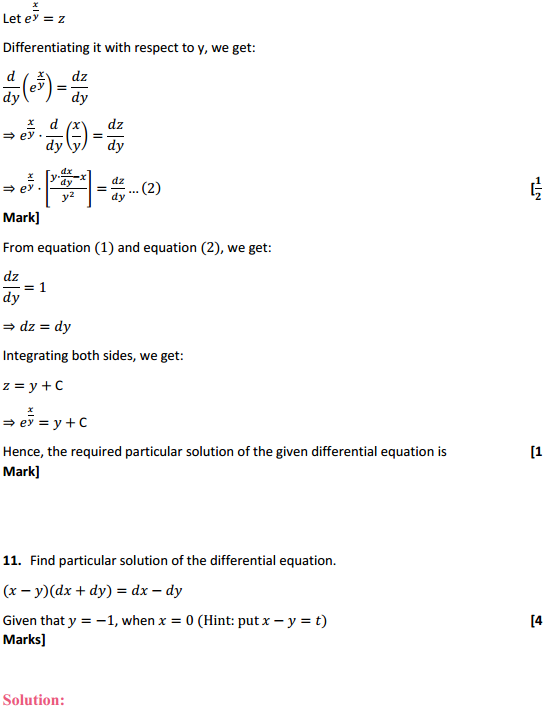
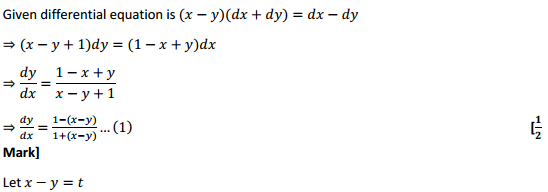
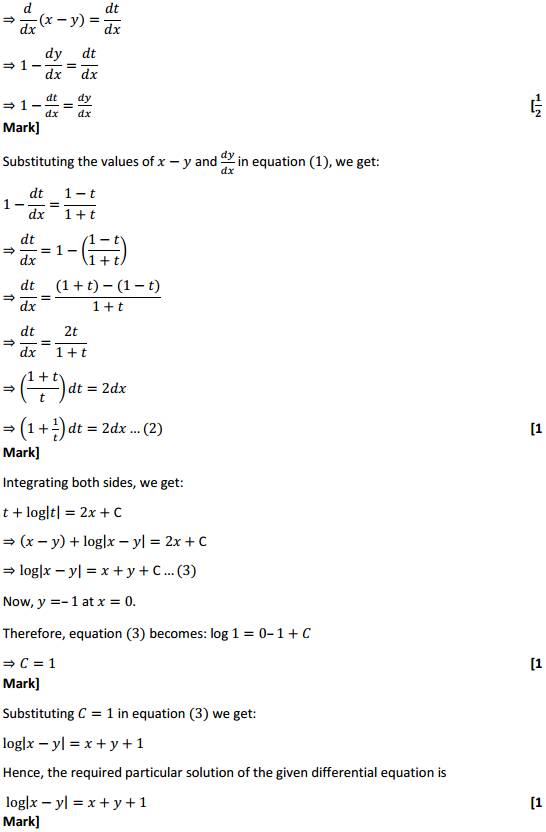
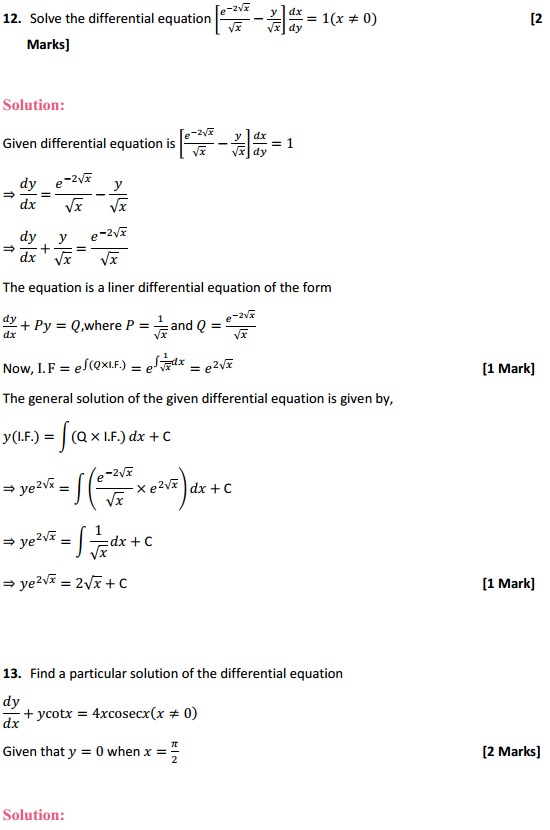

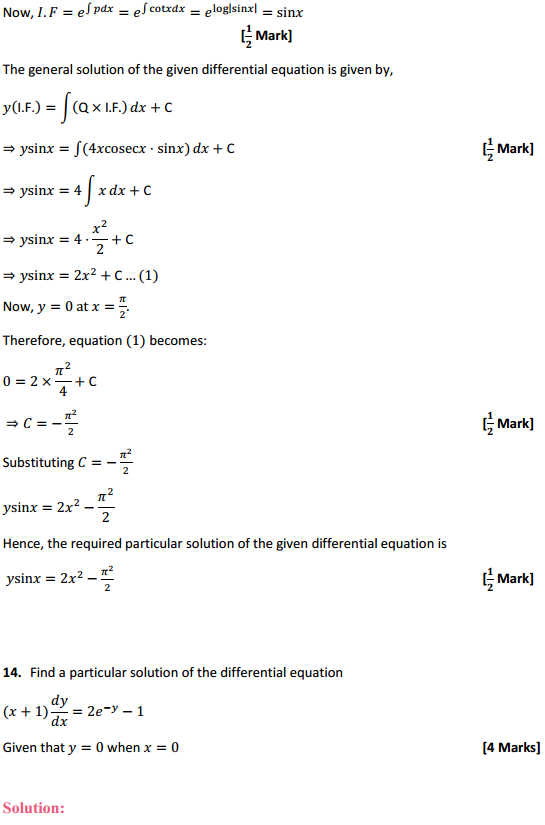

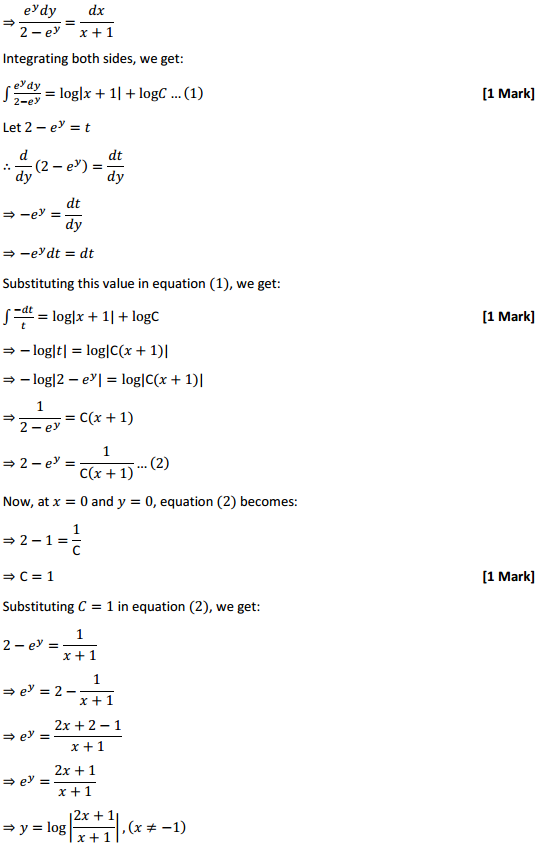

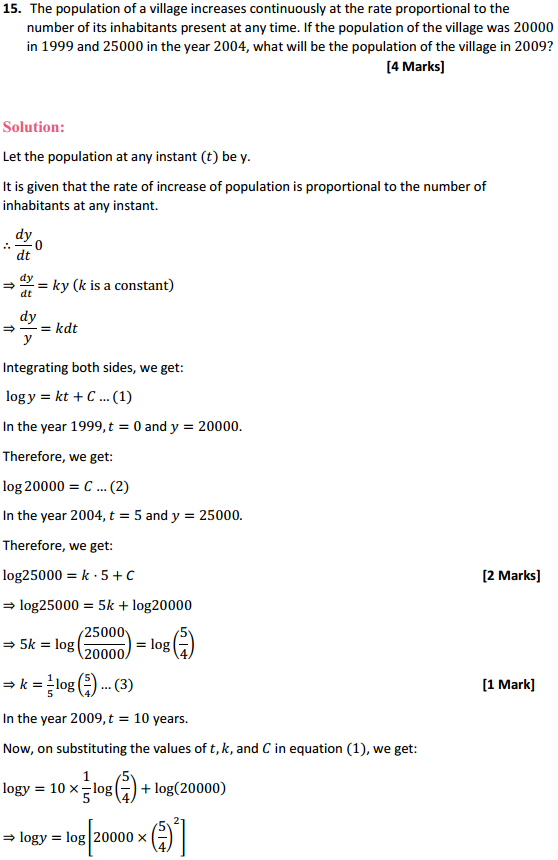
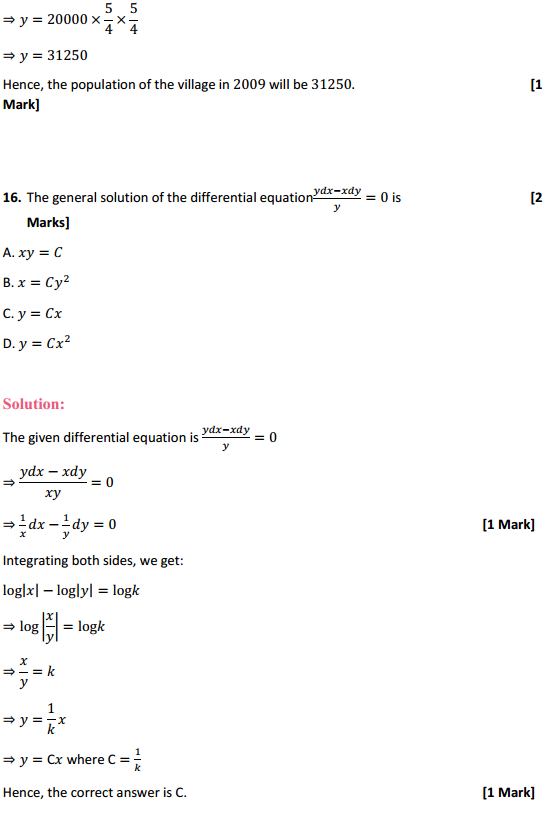
![]()
